Main Verbs: Definition and Examples
Main verbs are essential for creating clear sentences. They express the primary action or state of being. Main verbs can be transitive,
Learn the basics of the English grammar. This section covers everything from parts of speech and sentence structure to phrasal verbs.
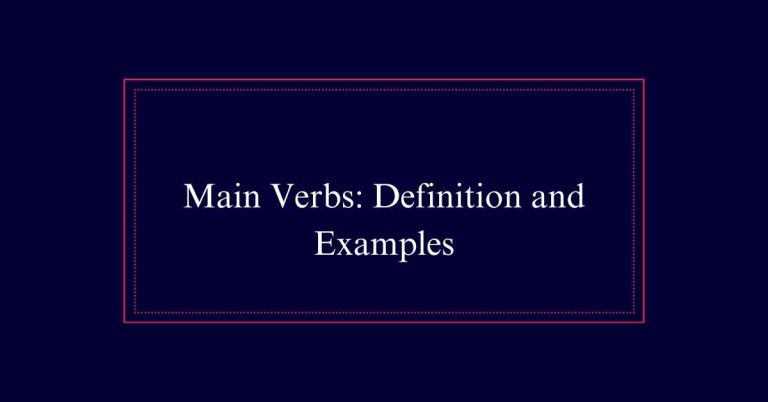
Main verbs are essential for creating clear sentences. They express the primary action or state of being. Main verbs can be transitive,
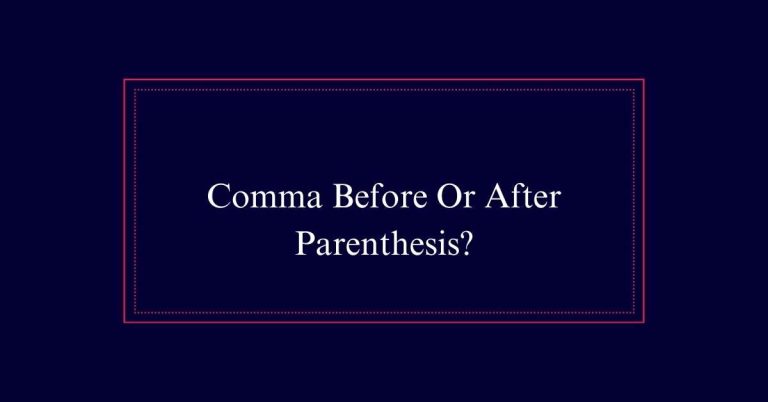
When using commas with parentheses, place the comma after the closing parenthesis if necessary. Do not place a comma before the opening
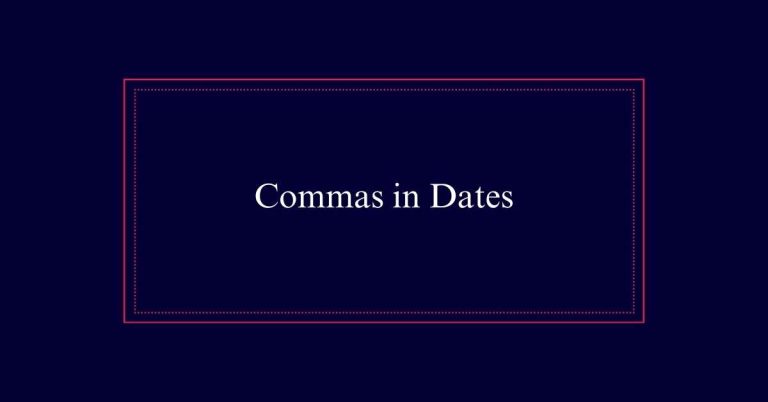
Proper comma usage in dates guarantees clear communication. In the month-day-year format, place a comma between the day and year, e.g.,
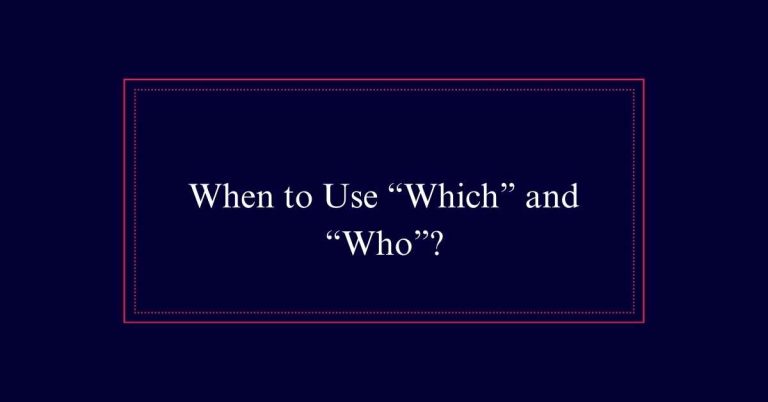
Use ‘who’ when referring to people. For example, ‘Who is coming to the meeting?’ This term is also the subject of the question or state
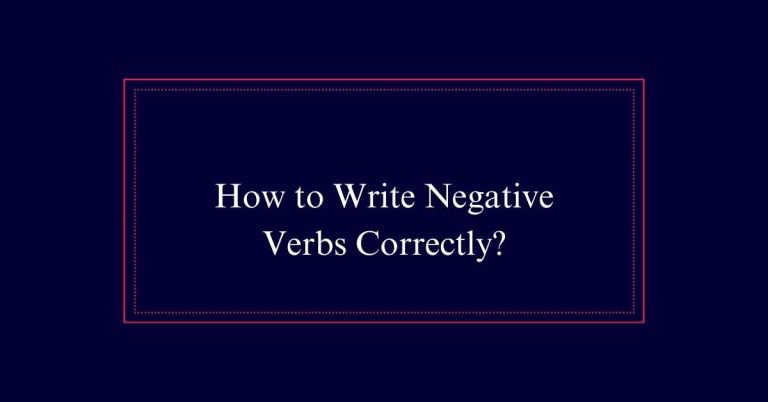
To write negative verbs correctly, use the formula: auxiliary verb + not or a negative contraction + main verb. For the verb “to be,” p
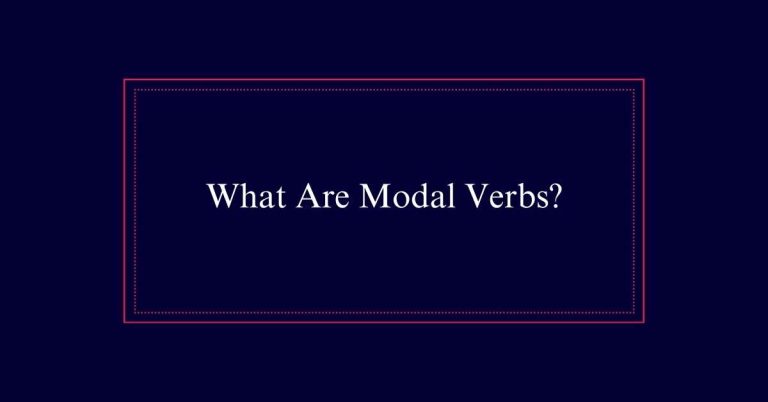
Modal verbs are auxiliary verbs that modify main verbs to express nuances like possibility, ability, necessity, and permission. They wo
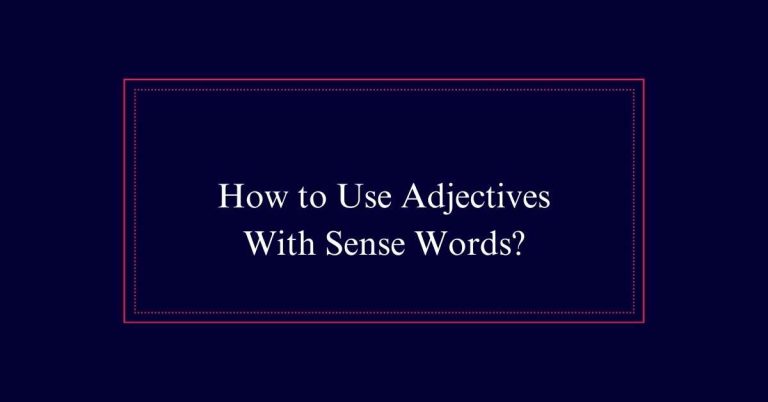
Using adjectives with sense words is essential for creating clear and vivid descriptions in your writing. Sense words like ‘see,’ ‘hear
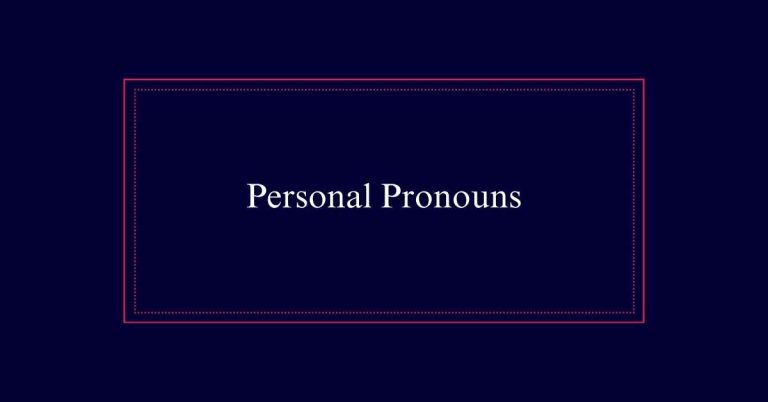
Personal pronouns, such as he, she, and they, replace nouns to avoid repetition. Their correct usage shows respect for individual ident
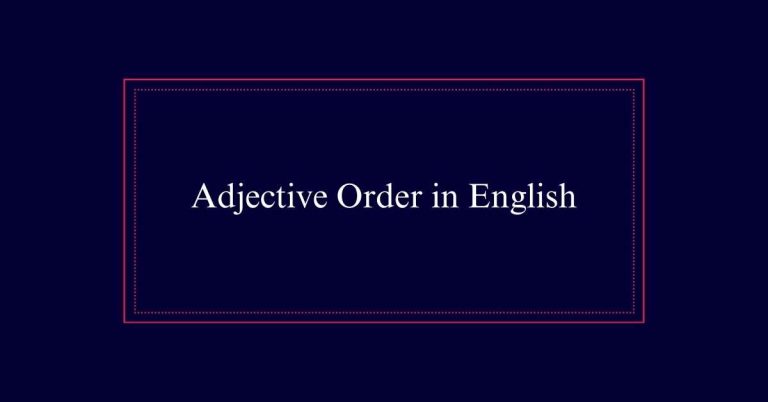
In English, adjectives typically follow a specific order to maintain clarity. This order generally starts with determiners such as ‘the
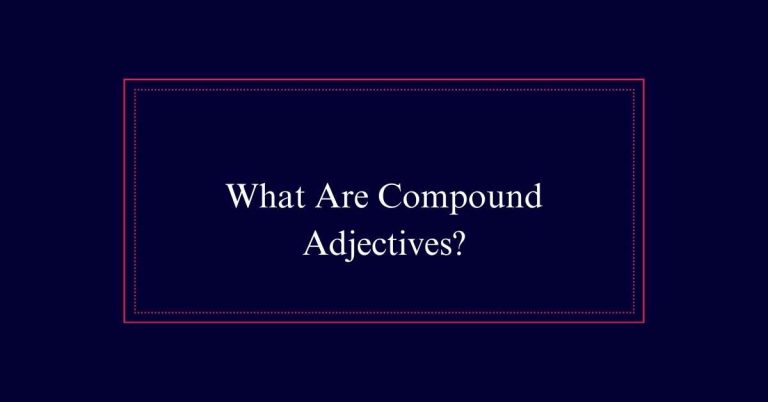
Compound adjectives are combinations of two or more words that function together as a single adjective to describe a noun. They enhance
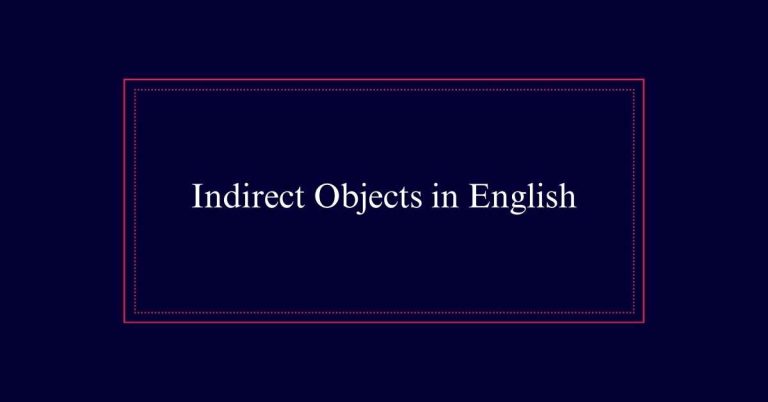
In English, an indirect object is a noun or noun phrase that receives the direct object and comes before it. It is used with transitive
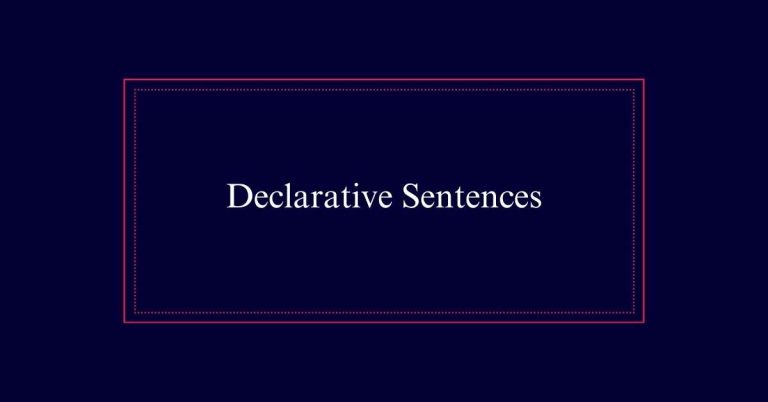
Declarative sentences are statements that convey information or express thoughts. They always end with a period and form the backbone o
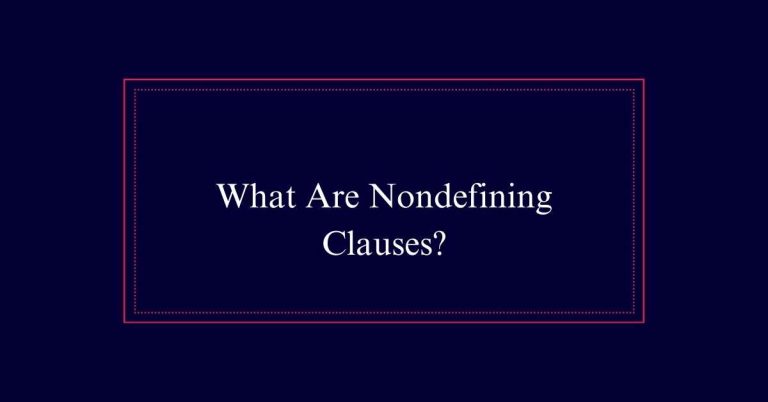
Nondefining clauses, also known as nonessential clauses, add extra information about a noun without changing the main meaning of the se
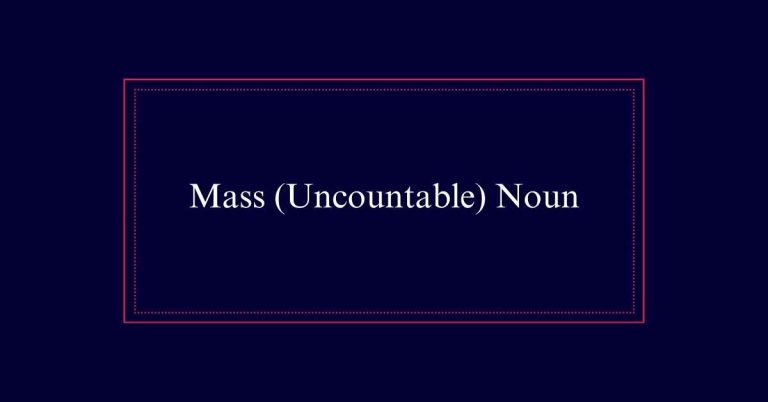
A mass (uncountable) noun represents substances, quantities, or concepts that cannot be counted individually. Examples include tangible
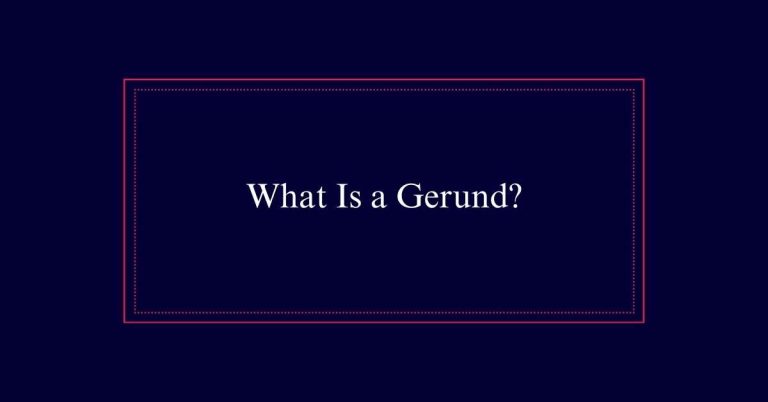
A gerund is a verb form that acts as a noun, created by adding ‘ing’ to the root verb. For example, in “Swimming is fun,” the word “swi
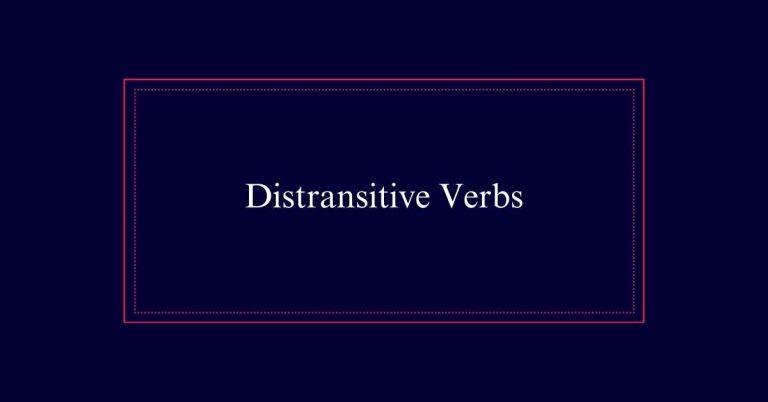
Ditransitive verbs require two objects: a direct object and an indirect object or object complement. The direct object follows the verb
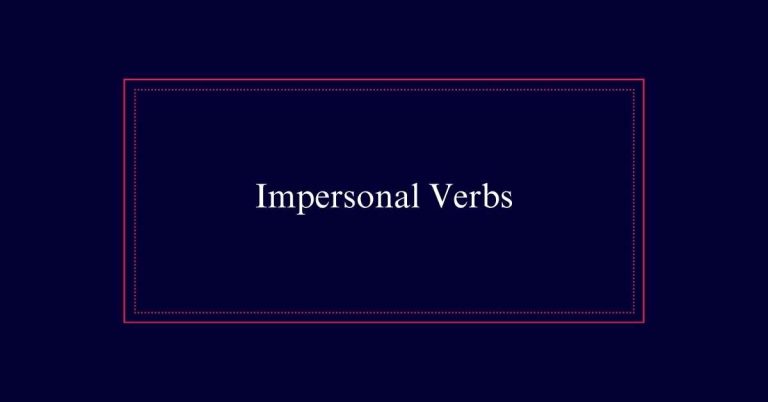
Impersonal verbs do not refer to a specific subject, using ‘it’ as a dummy subject instead. For instance, ‘It is raining’ and ‘It is sn
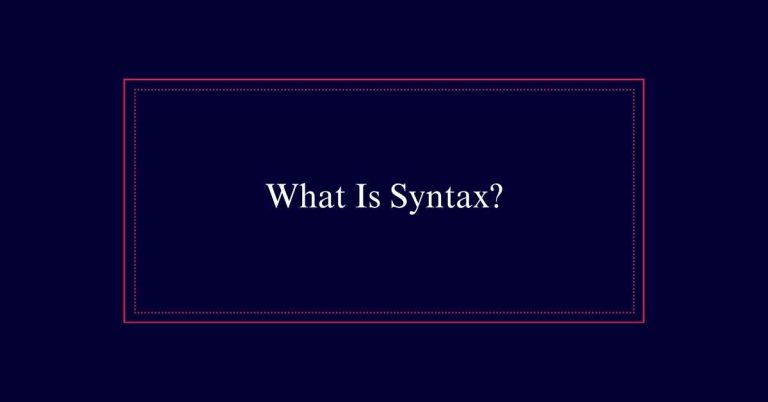
Syntax is the arrangement of words and phrases to create well-formed sentences in a language. It dictates the order of subjects, verbs,
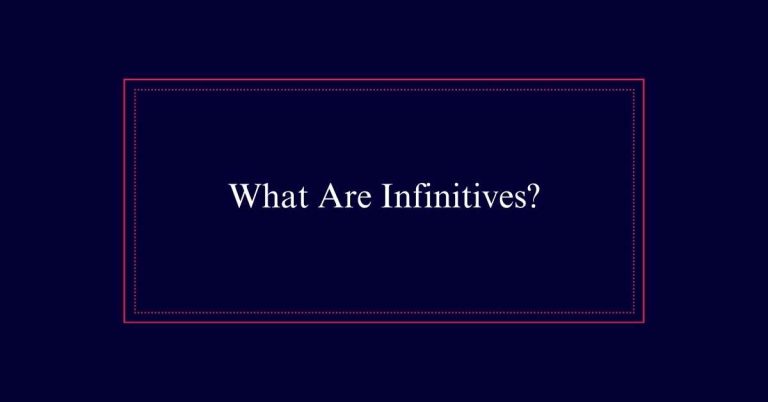
Infinitives are verb forms that act as nouns, adjectives, or adverbs. They are created by adding ‘to’ before the base form of a verb, such as ‘to run’ or ‘to write’.
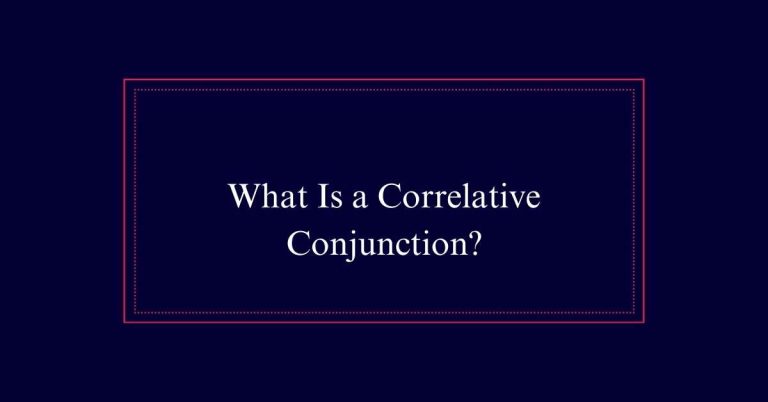
Correlative conjunctions are pairs of words that link equivalent elements in a sentence, maintaining parallel structure and clarity. Th
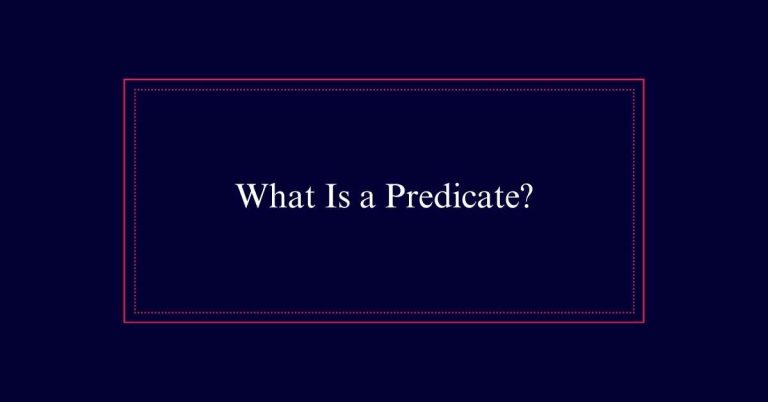
A predicate is the part of a sentence that explains the action or state of the subject, always containing at least one verb. There are
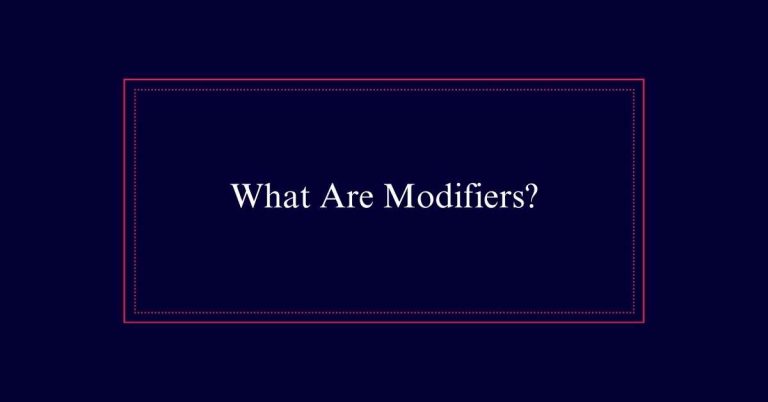
Modifiers are words, phrases, or clauses that enhance meaning by describing or limiting other words. Common examples include adjectives
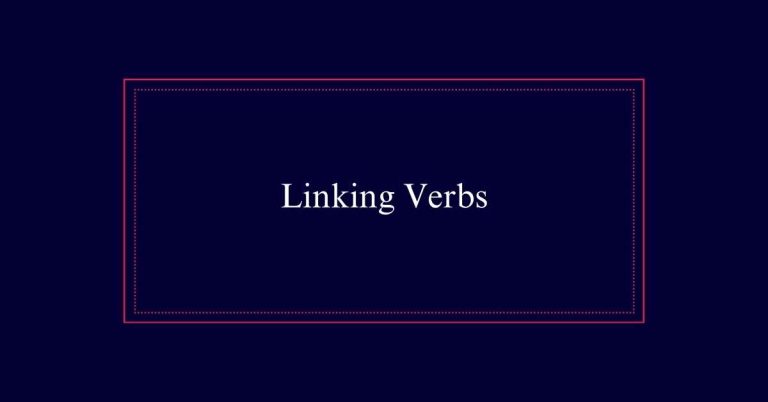
Linking verbs connect the subject of a sentence to a subject complement, which describes or identifies the subject. They do not show ac
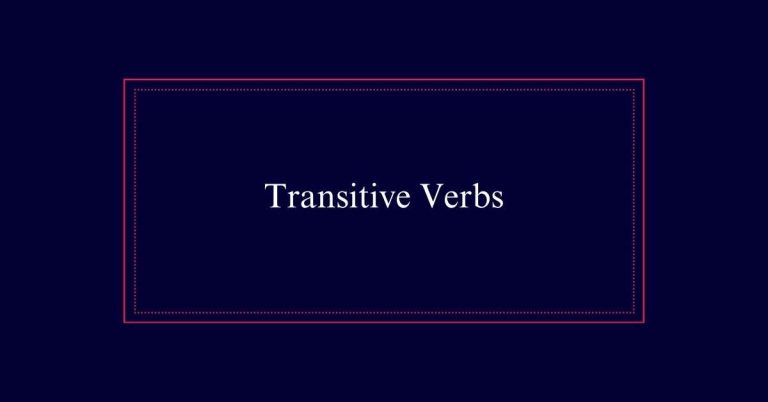
A transitive verb requires a direct object to complete its meaning. The subject performs the action, and the object receives it. For in
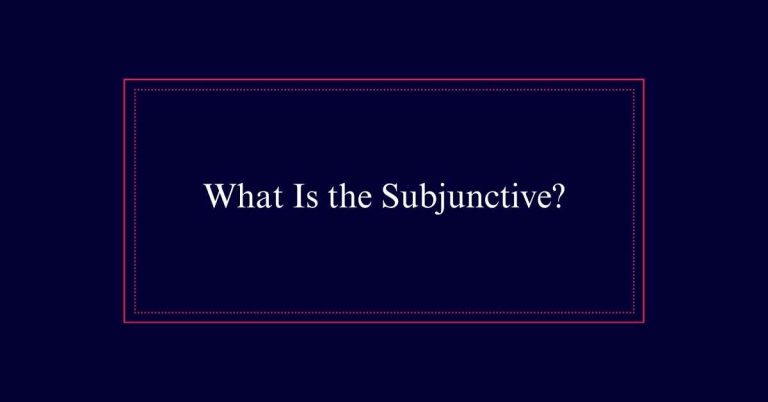
The subjunctive mood is a grammatical form used to express wishes, desires, hypotheticals, or situations contrary to reality. Unlike th
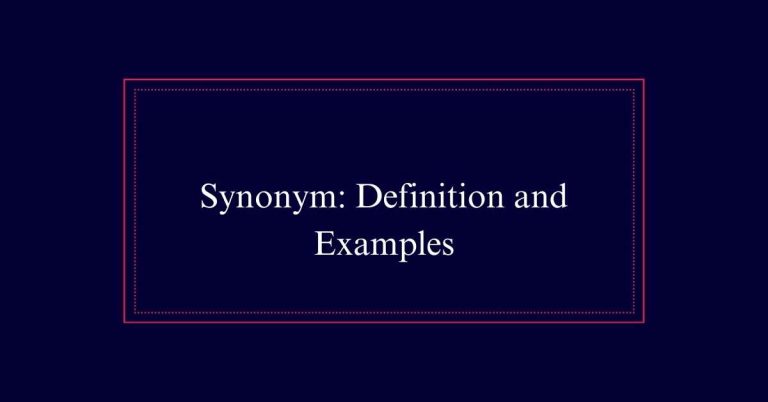
Synonyms are words that have significant meanings. They play a vital role in making language varied and expressive. Using synonyms help
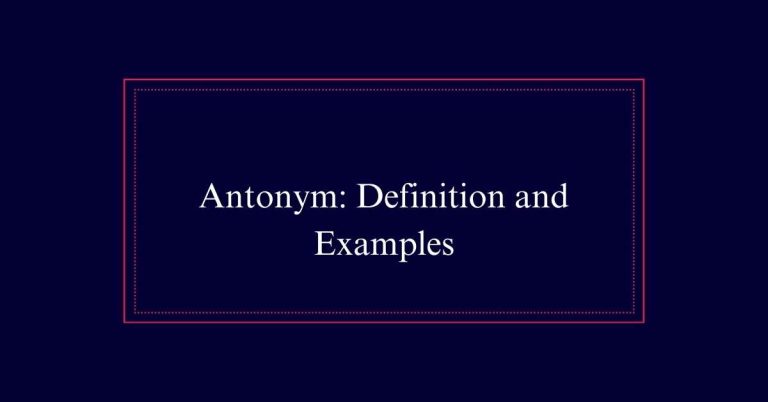
An antonym is a word that has a meaning directly opposite to another word. For example, ‘hot’ is an antonym of ‘cold.’ Antonyms are ess
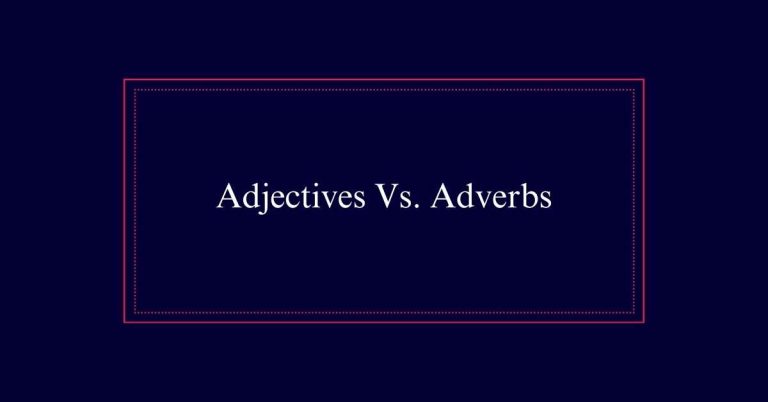
Adjectives describe qualities, quantities, or states of being of nouns and pronouns, like size, color, or age. They provide specific de
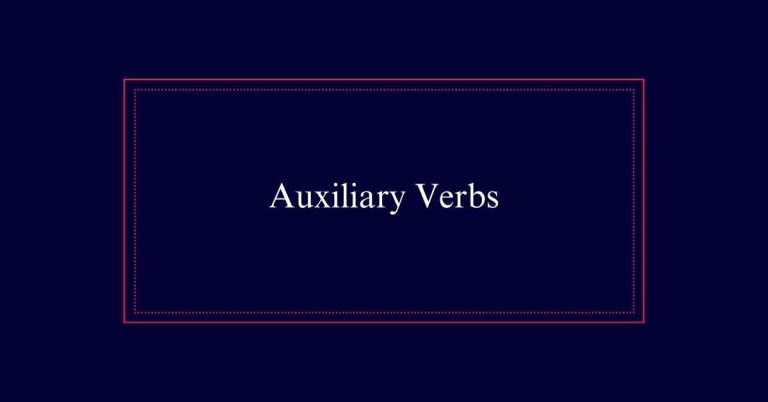
Auxiliary verbs, or helping verbs, assist the main verb in a sentence to establish tense, mood, or voice. Common auxiliary verbs includ
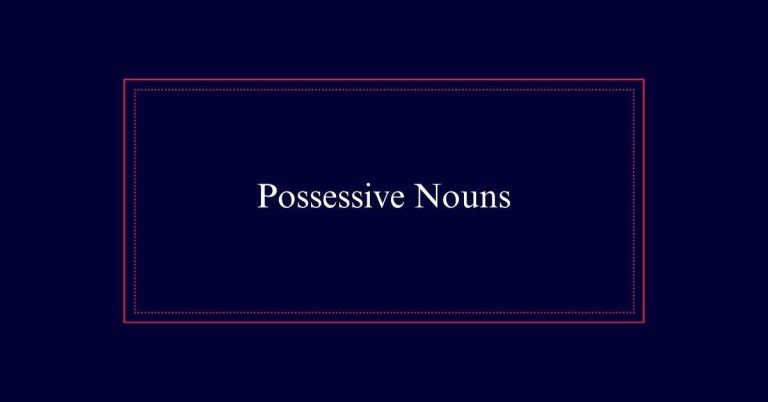
Possessive nouns indicate ownership or connection, typically shown with an apostrophe. Singular possessive nouns add an apostrophe and
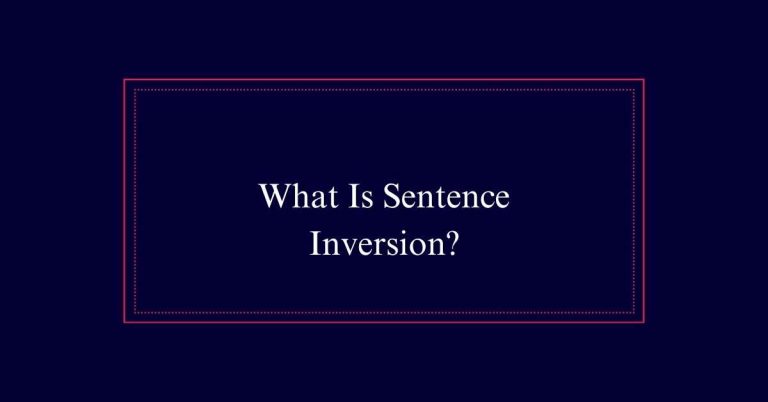
Sentence inversion is a grammatical construction where the usual subject-verb order is reversed. This technique is often employed for e
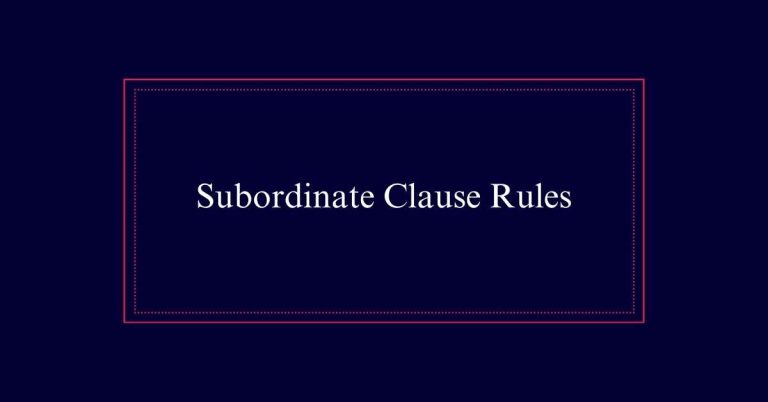
A subordinate clause, or dependent clause, adds detail and depth to writing. It begins with a subordinating conjunction like ‘because
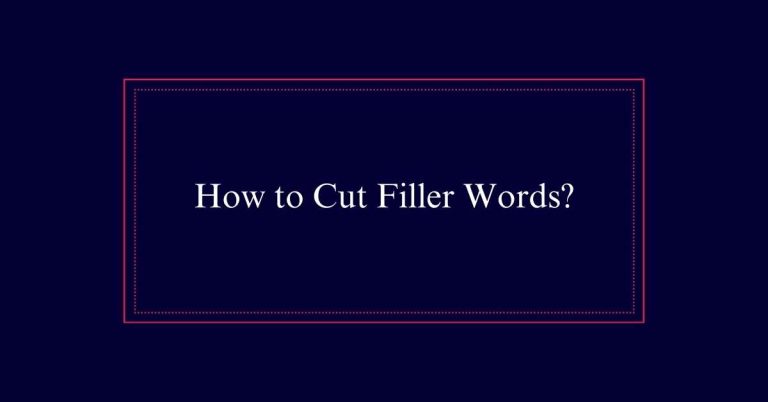
Filler words like ‘um,’ ‘like,’ and ‘you know’ are often used subconsciously in speech and writing. They help manage conversation flow
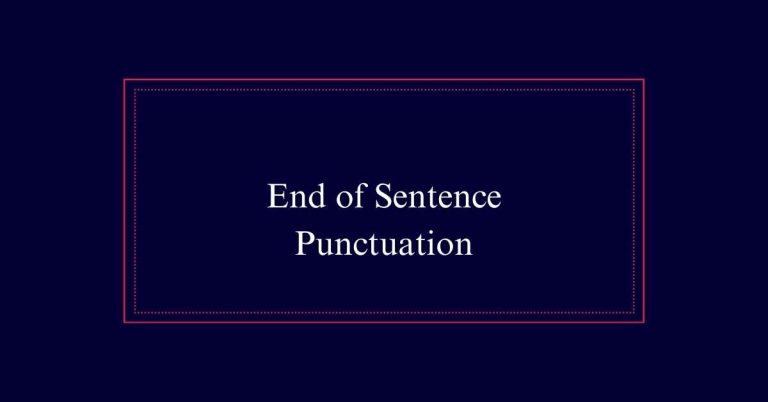
End-of-sentence punctuation includes periods, question marks, and exclamation points. Periods end declarative or imperative sentences,
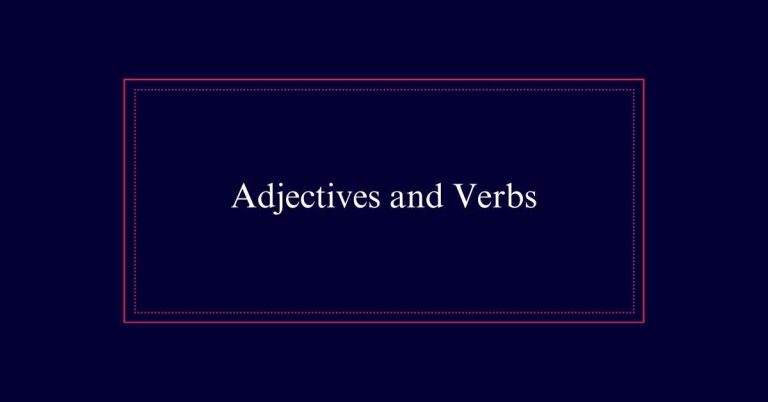
Adjectives and verbs are essential elements in crafting effective sentences. Adjectives describe nouns, adding detail and clarity. Verb
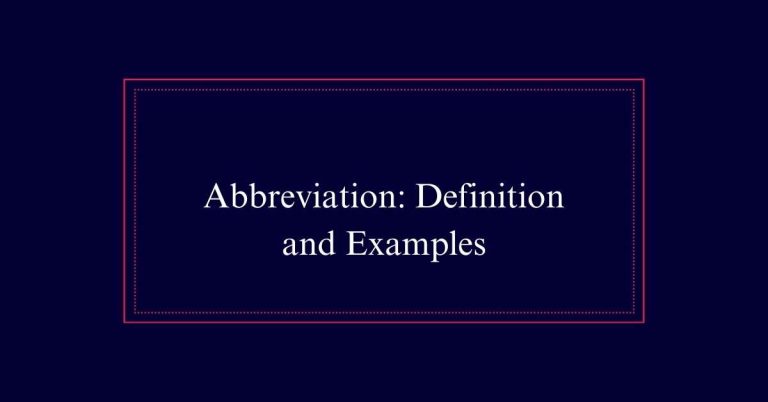
An abbreviation is a shortened form of a word or phrase used to simplify communication.
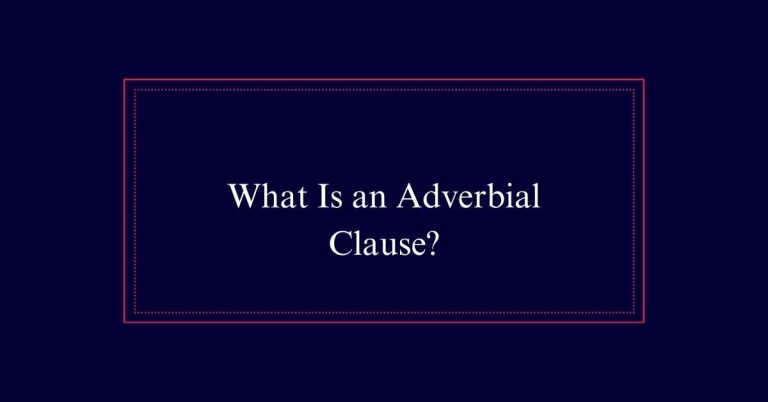
An adverbial clause is a type of dependent clause that modifies verbs, adjectives, or other adverbs. It provides additional context suc
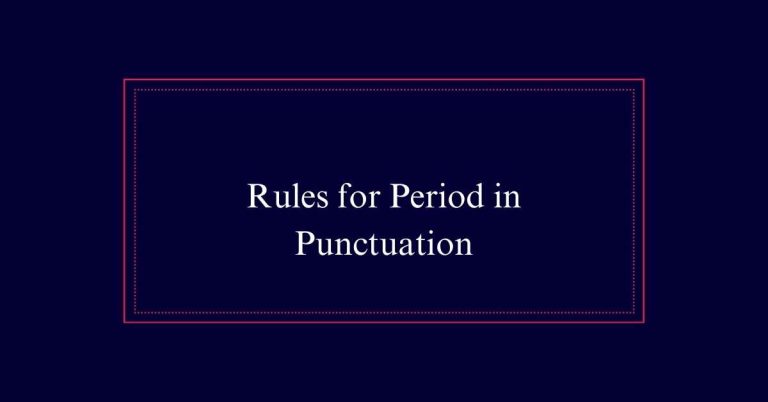
A period is a punctuation mark that indicates the end of a declarative or imperative sentence. It appears as a small dot at the baselin
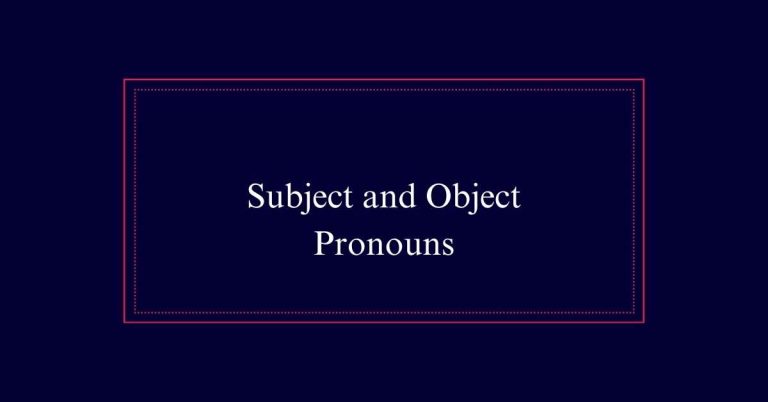
Subject and object pronouns are key elements in English grammar. Subject pronouns (I, you, he, she, it, we, they) perform the action in
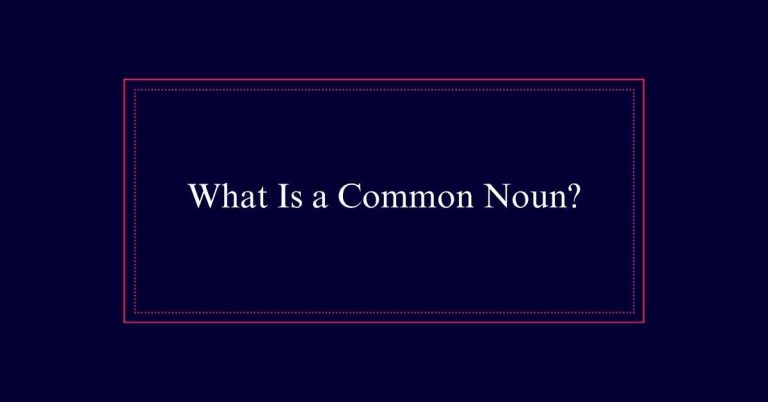
A common noun is a generic term for any person, place, or thing within a particular group. Unlike proper nouns, common nouns are not ca
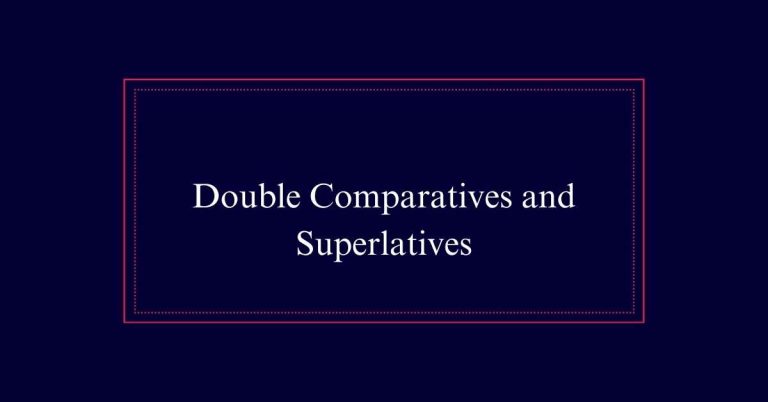
Double comparatives incorrectly mix two forms, like using ‘more’ with an adjective ending in ‘-er’ (e.g., ‘more quicker’), leading to c
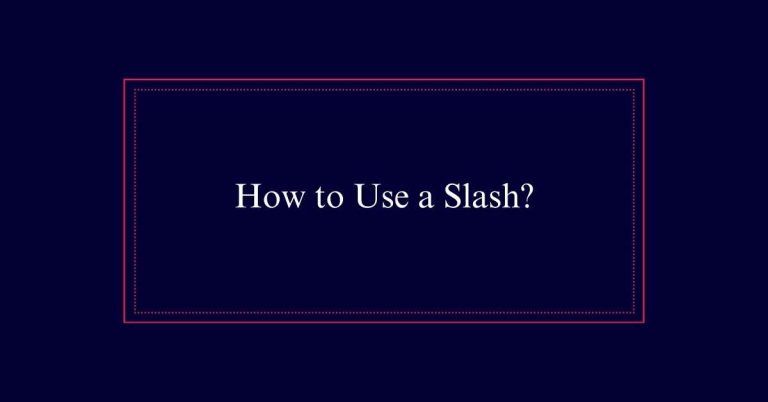
A slash, or forward slash, is a versatile punctuation mark. It indicates choices (e.g., “and/or”), forms abbreviations (e.g., “w/o” for
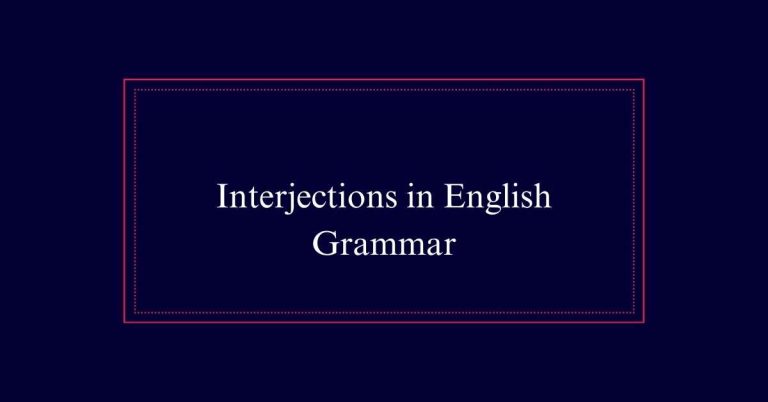
Interjections are words or phrases used to express sudden emotions or reactions. Examples include “Wow!”, “Ouch!”, and “Hooray!”. They
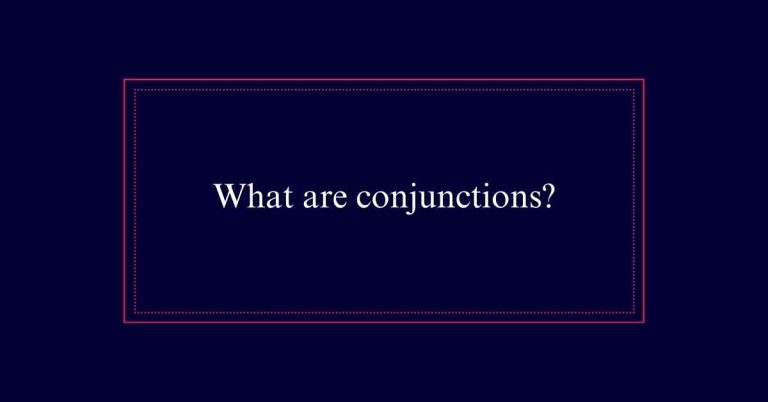
Conjunctions are words that link other words, phrases, or clauses to form complex sentences. They play a critical role in enhancing the
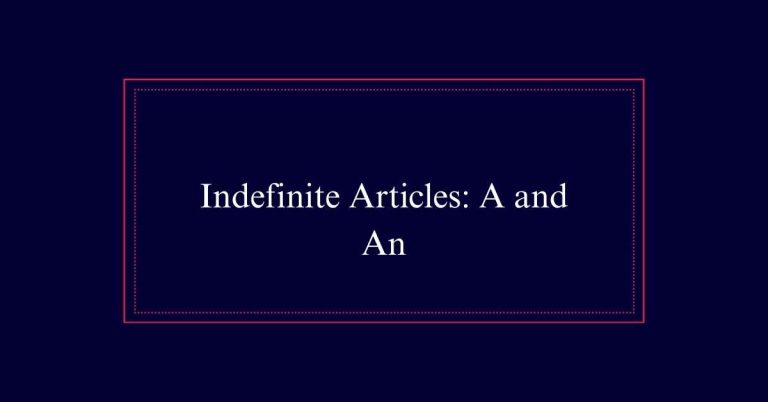
The indefinite articles ‘a’ and ‘an’ are used in English to refer to non-specific items. Use ‘a’ before words that begin with a consona
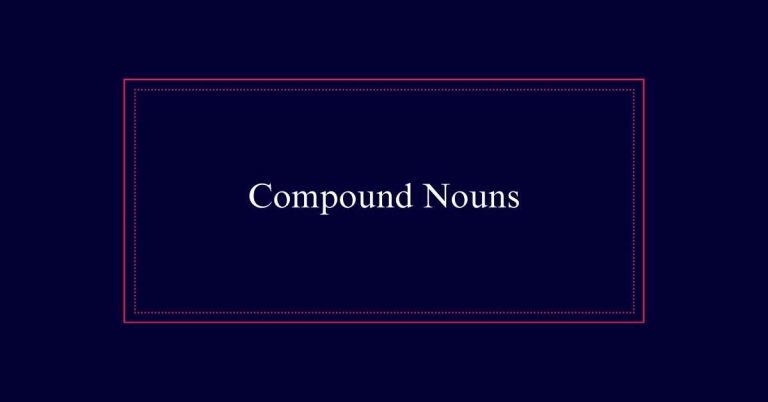
Compound nouns combine two or more words to form a single noun with a unique meaning. They come in three types: closed (e.g., toothpast
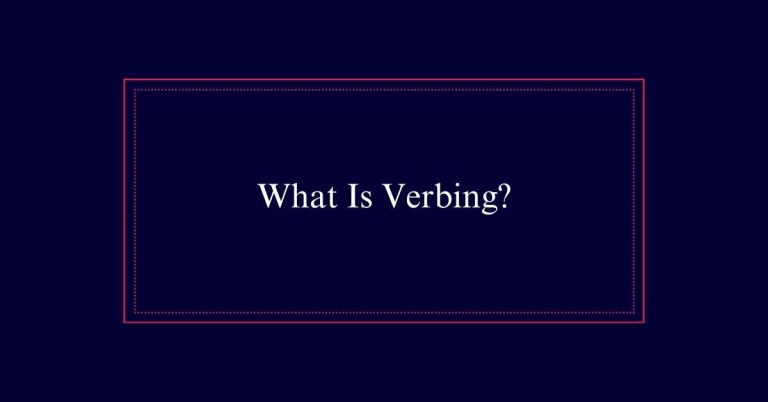
Verbing is the practice of converting a noun into a verb, highlighting the English language’s flexibility. This transformation allows n
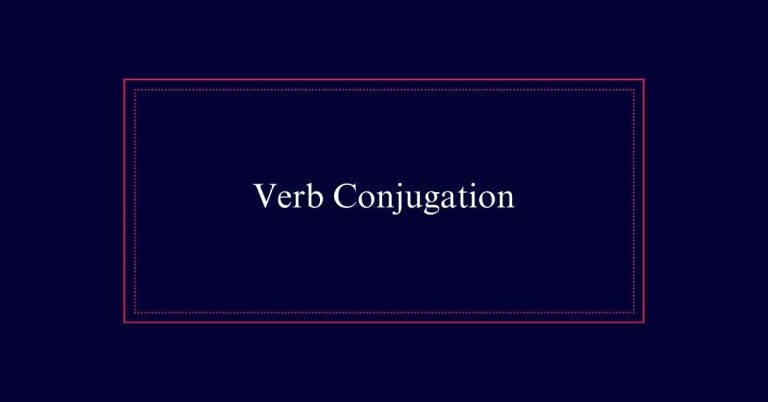
Verb conjugation in English aligns the verb form with the subject of the sentence, ensuring number and person agreement. There are six
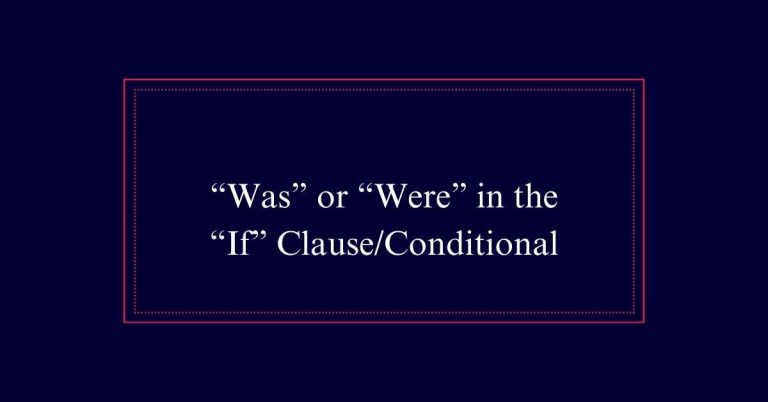
In conditional sentences, ‘was’ and ‘were’ are used differently based on whether the condition is real or unreal. For real conditions,
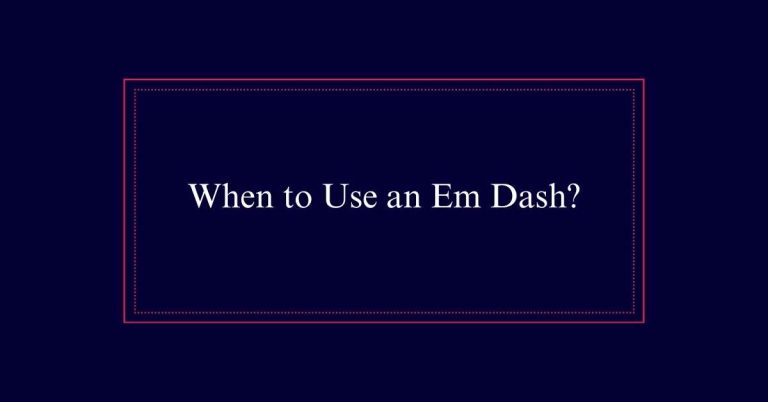
An em dash is a versatile punctuation mark used to add emphasis, set off parenthetical information, and clarify complex sentences. It c
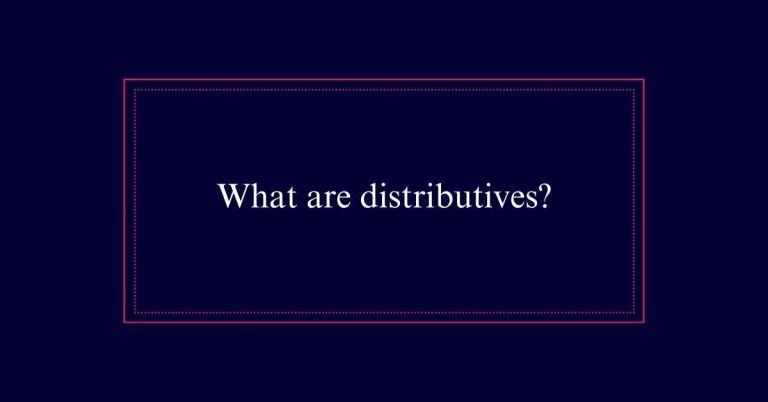
Distributives are words used to refer to individual items within a group. They help specify what part of the group is being discussed.
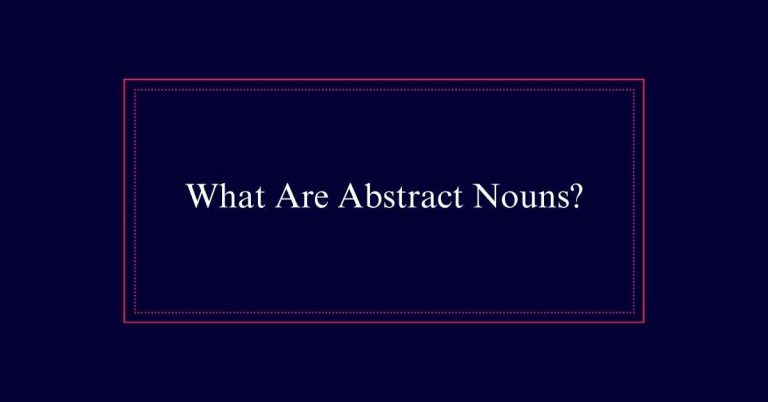
Abstract nouns are words that denote intangible concepts, ideas, emotions, and qualities, making them distinct from concrete nouns that
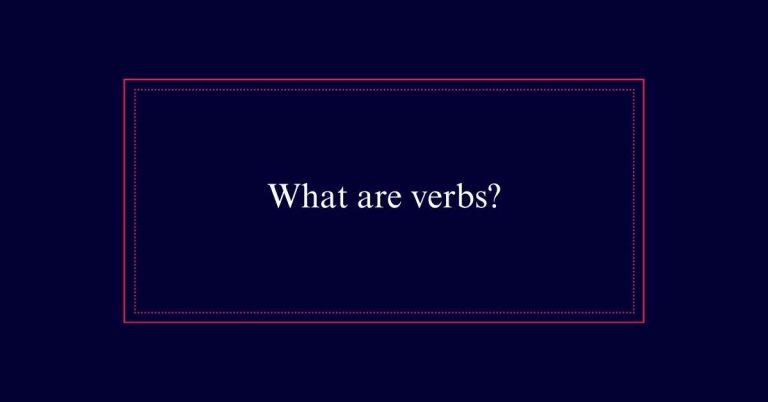
Verbs are words that describe actions or states of being. You can’t form a sentence without at least one verb. Action verbs show what s
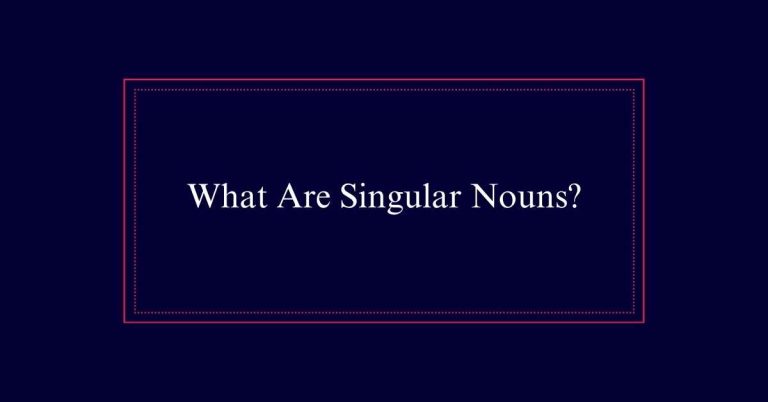
Singular nouns refer to a single person, place, thing, or idea. Examples include words like ‘dog,’ ‘teacher,’ and ‘book.’ They ar
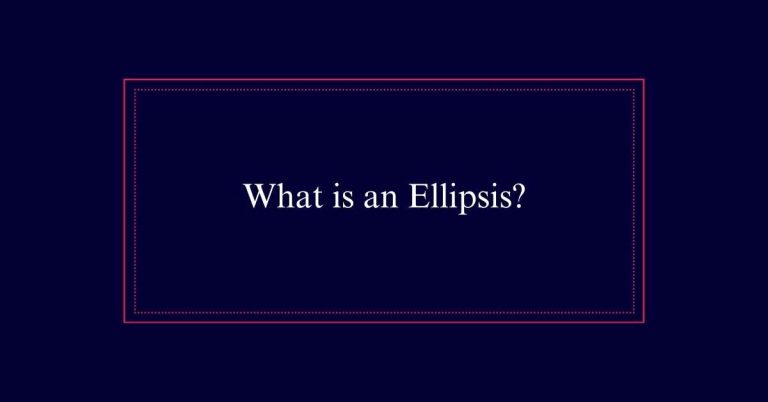
An ellipsis ( . . . ) is a punctuation mark consisting of three dots. It indicates a pause, omitted words, or unfinished thoughts. Elli
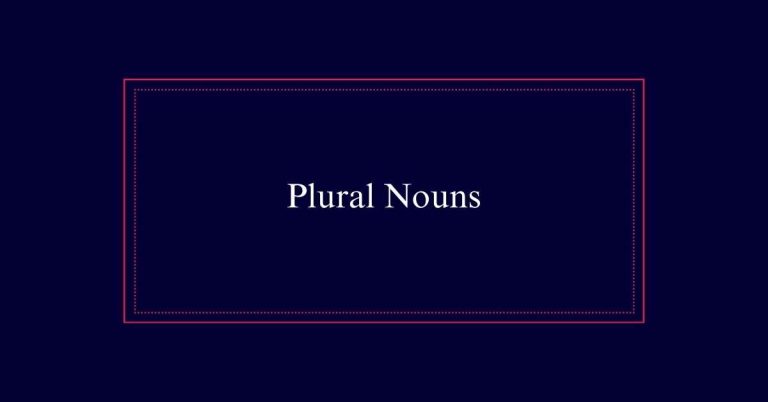
Plural nouns signify more than one entity and follow specific rules for formation. Regular plural nouns typically add ‘s’ or ‘es’ to th
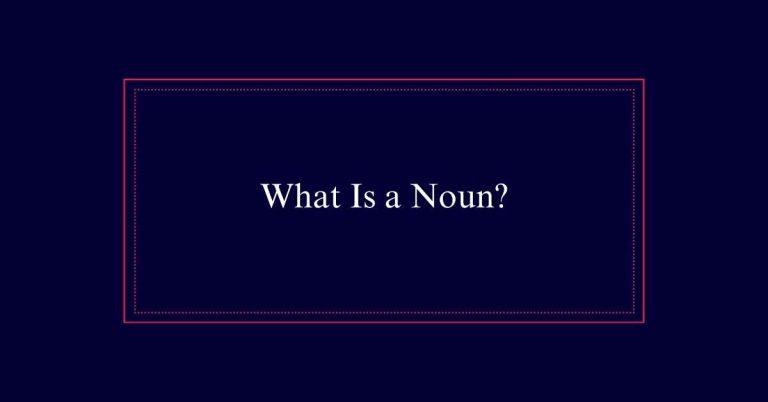
A noun is a part of speech that names a person, place, thing, or idea. Nouns act as the building blocks of sentences. There are several
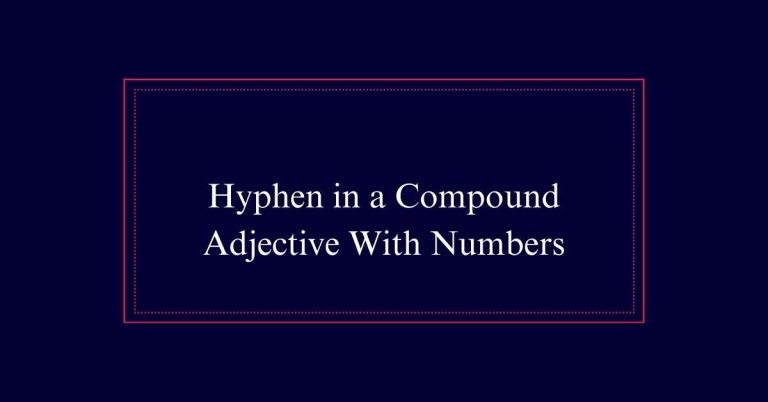
Using a hyphen in a compound adjective with numbers is essential for clarity and precision. For example, ‘a 20-foot pole,’ ‘a 100-page
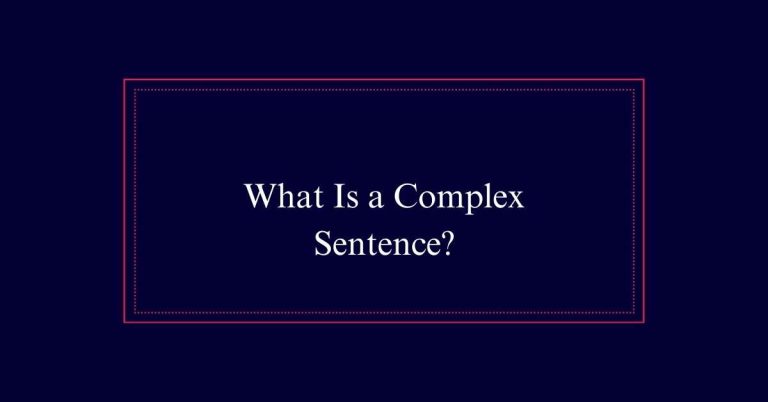
A complex sentence contains one independent clause and at least one dependent clause. The independent clause can stand alone, while the
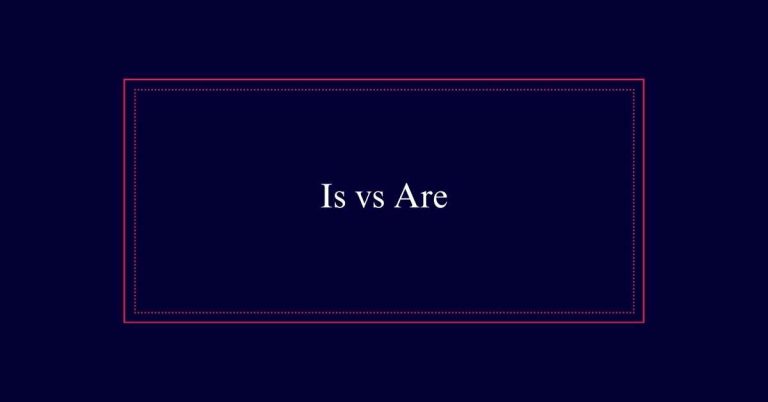
Use ‘is’ with singular subjects, e.g., ‘The cat is sleeping.’ Use ‘are’ with plural subjects, e.g., ‘The cats are sleeping.’ For subjec
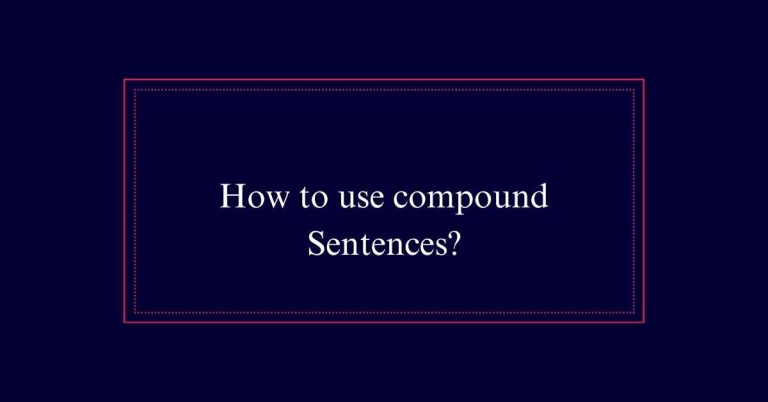
Compound sentences combine independent clauses to add complexity and depth to writing. Each clause can stand alone but is connected usi
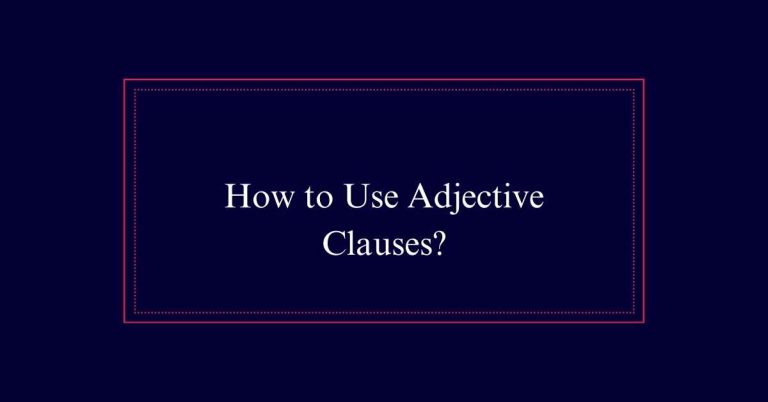
Adjective clauses, also known as relative clauses, describe a noun, providing additional information that makes sentences clearer. Thes
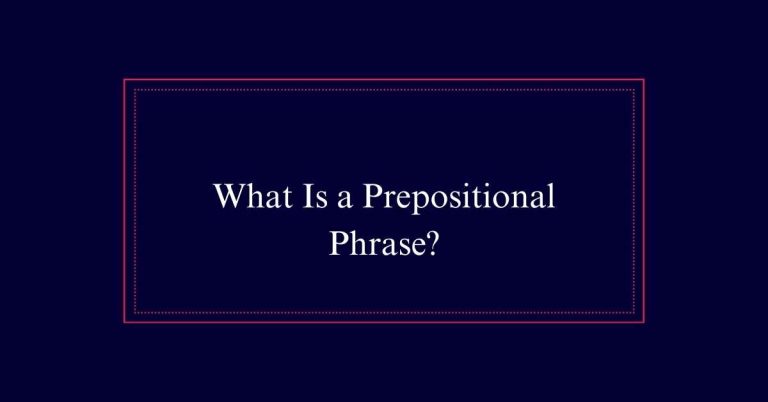
A prepositional phrase consists of a preposition, its object, and any modifiers. It provides details by showing relationships between d
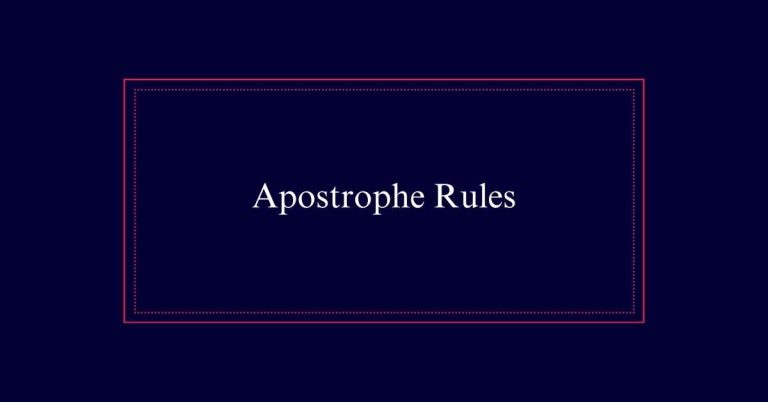
Mastering apostrophe rules is essential for clear writing. Use apostrophes in contractions to replace omitted letters, like “don’t.” Fo
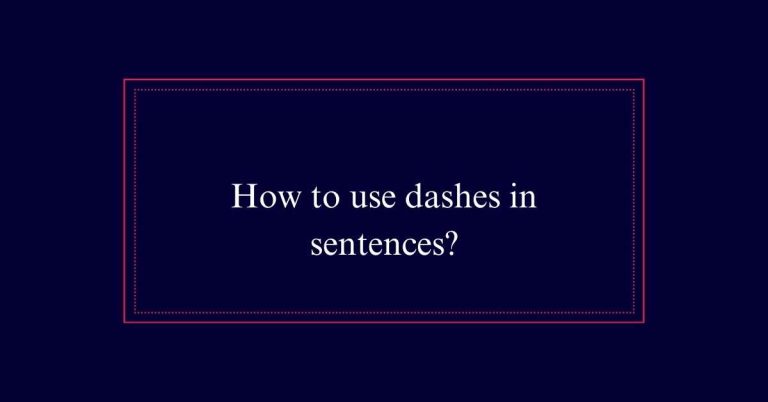
Dashes—specifically em dashes—are powerful tools in writing. They provide clarity by creating pronounced breaks, making sentences c
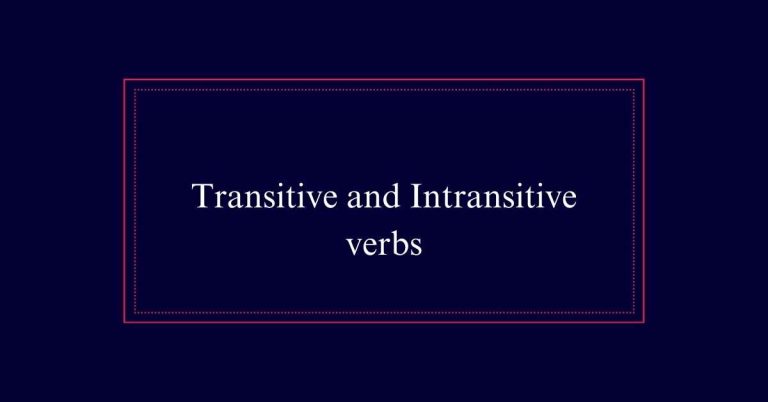
Transitive and intransitive verbs differ based on whether they require a direct object. Transitive verbs need a direct object to comple
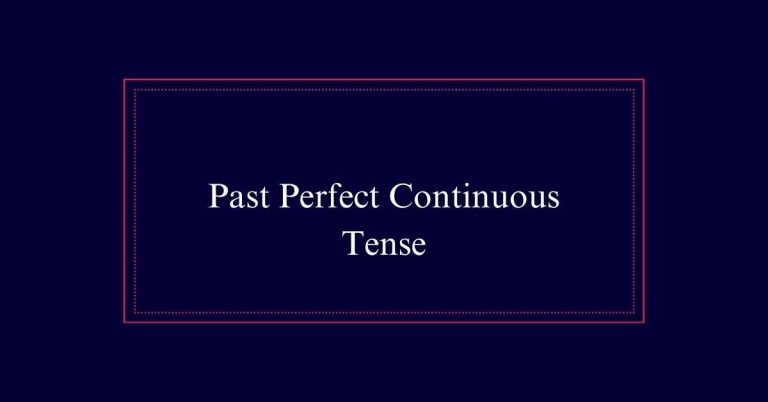
The past perfect continuous tense is formed using ‘had been’ followed by the present participle of the verb (e.g., ‘playing’). It highl
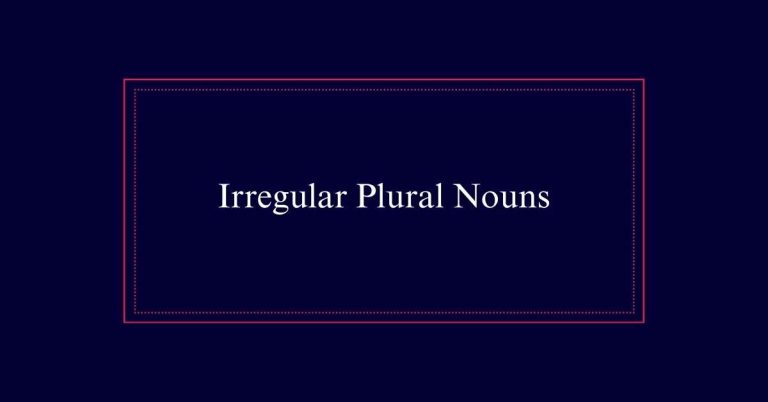
Mastering irregular plural nouns can greatly enhance your English grammar skills. Latin and Greek words often retain their original plu
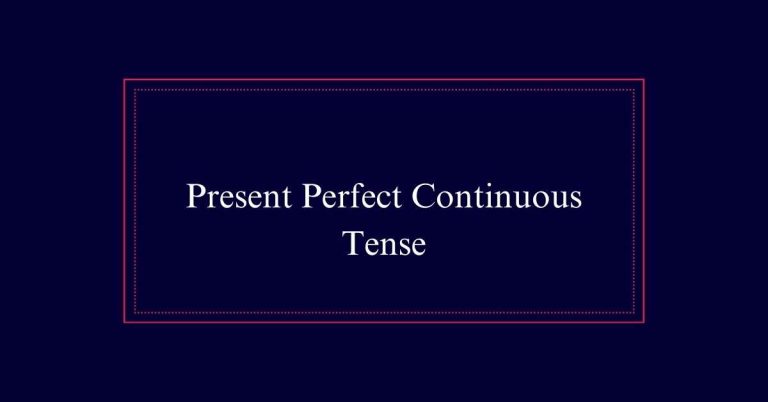
The present perfect continuous tense describes ongoing or recently ended actions with a connection to the present. It uses the formula
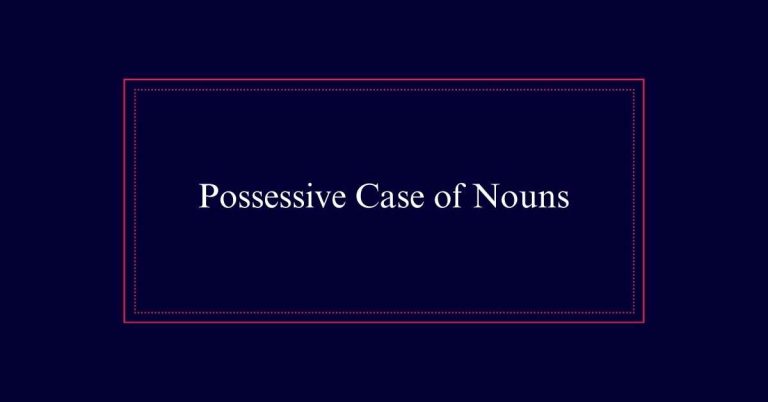
Understanding the possessive case of nouns is vital for clear writing. For singular nouns, add an apostrophe + ‘s’ (e.g., ‘dog’s leash’
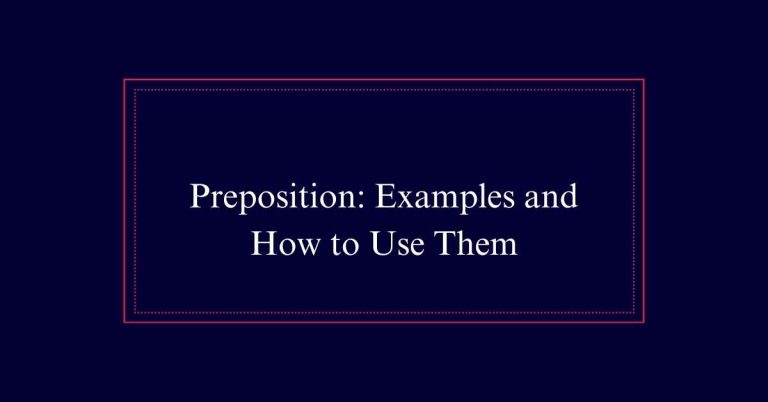
Prepositions are essential in forming clear sentences by showing the relationship between nouns or pronouns and other words. They indic
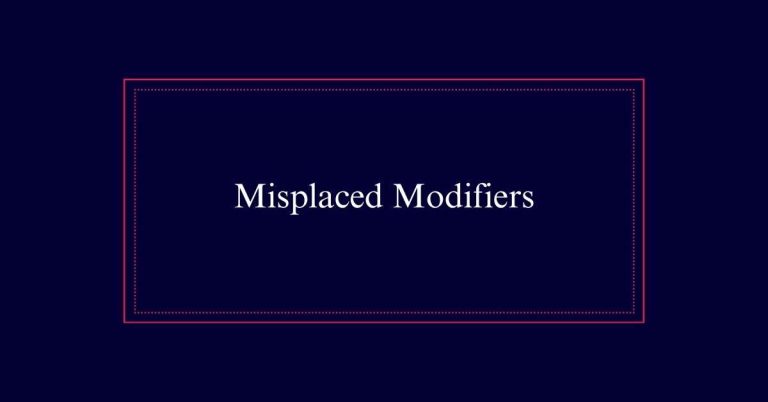
A misplaced modifier is a descriptive word, phrase, or clause placed incorrectly in a sentence, leading to confusion and ambiguity. The
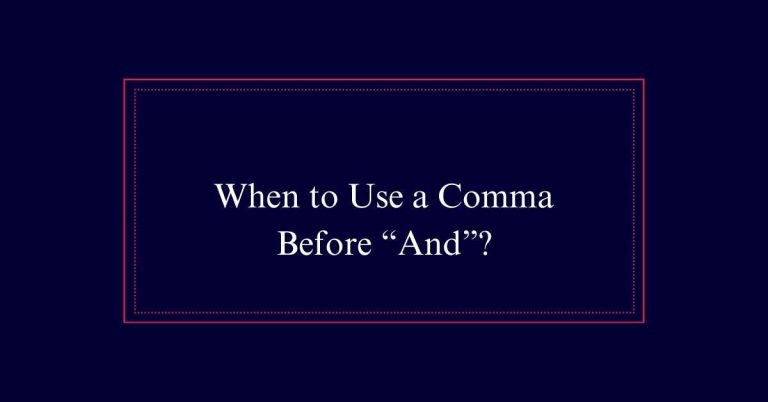
Use a comma before ‘and’ in lists of three or more items to avoid confusion. This is known as the Oxford comma and enhances clarity. Pl
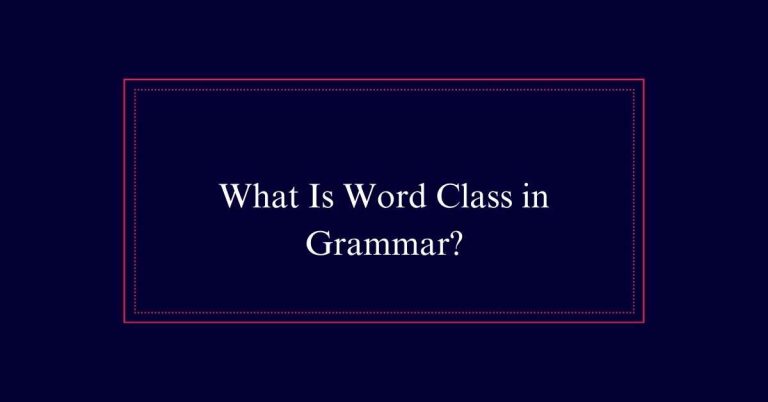
Word class in grammar categorizes words based on their roles in a sentence. There are two main types: form and function word classes. F
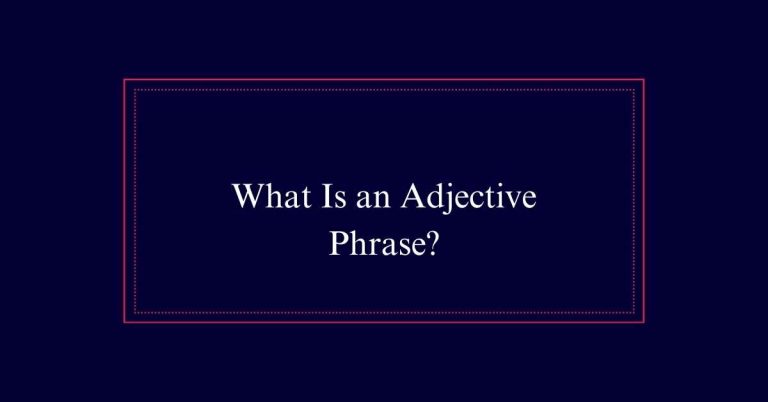
An adjective phrase is a group of words that work together to describe a noun. It usually includes an adjective and can have adverbs, p
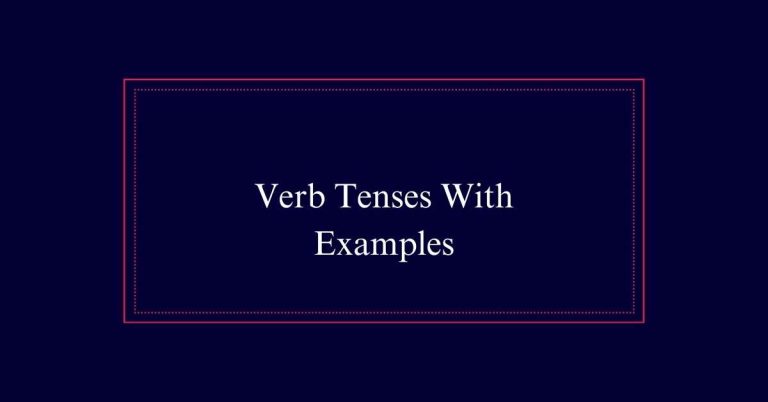
Verb tenses clarify the timing and duration of actions. The three main tenses are past, present, and future. Each has four aspects that
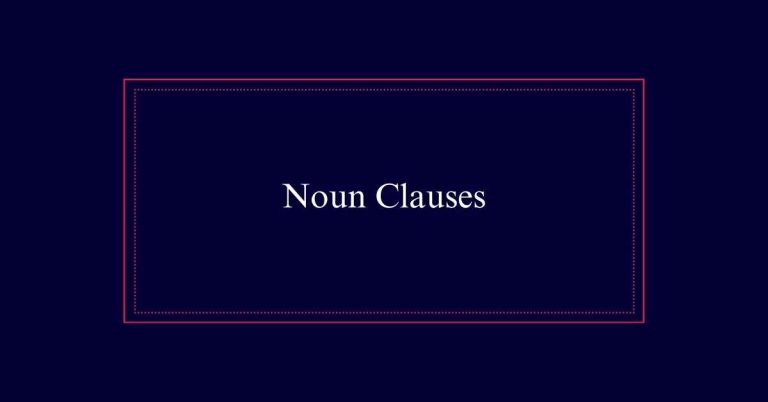
Noun clauses are critical in complex sentences, acting as subjects, objects, or complements. They start with words like ‘that,’ ‘who,’
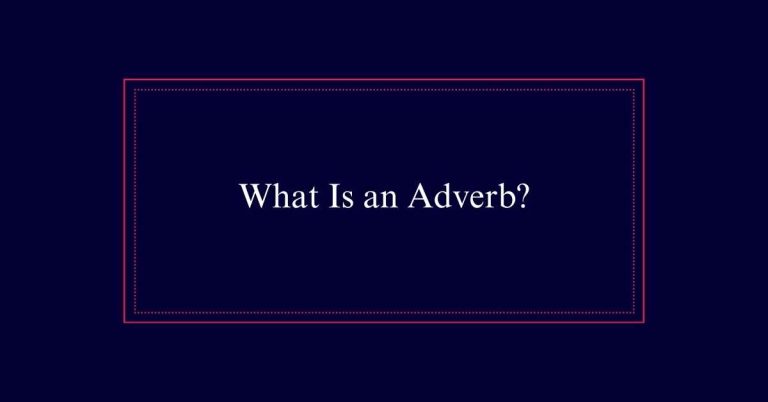
An adverb is a part of speech that modifies verbs, adjectives, or other adverbs. It provides details on how, when, where, and to what e
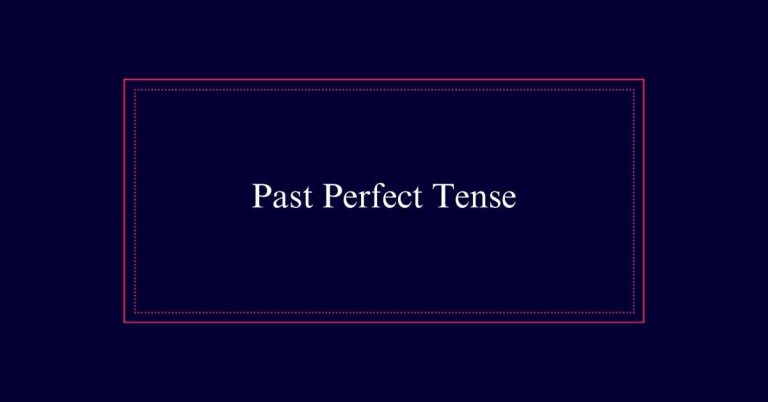
The past perfect tense is used to show that one action happened before another in the past. It is formed using ‘had’ followed by the pa
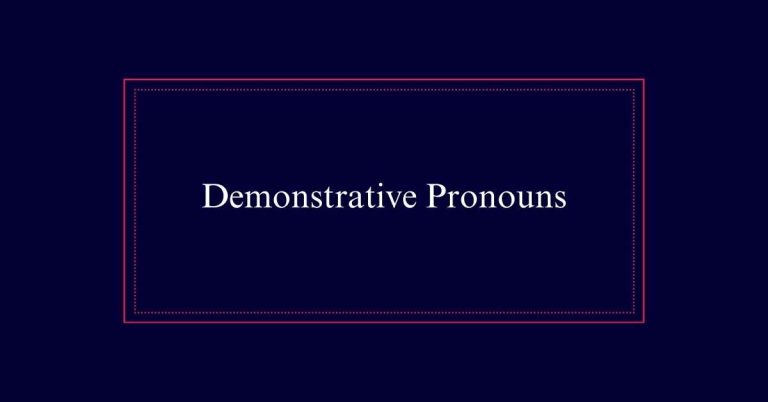
Demonstrative pronouns, such as ‘this,’ ‘that,’ ‘these,’ and ‘those,’ specify particular items in a sentence. ‘This’ and ‘these’ refer
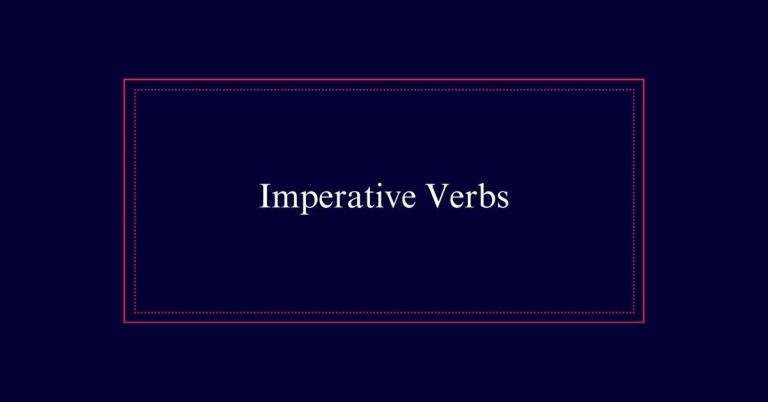
Imperative verbs are used to issue commands, requests, or instructions. They are often called command words or bossy verbs and prompt a
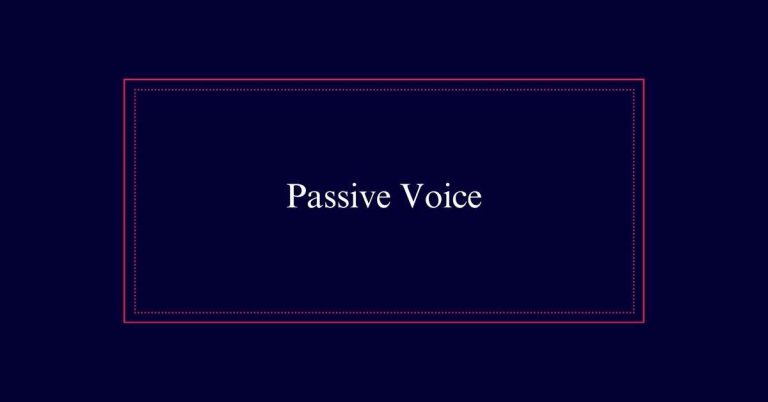
Understanding when to use passive voice and when to avoid it is essential for effective writing. Passive voice places the object of the
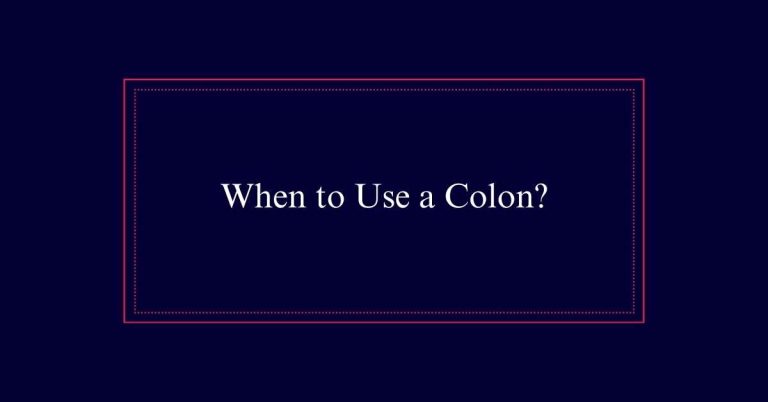
Use a colon to link related concepts, introduce lists, or emphasize details. A colon connects two related independent clauses: “She h
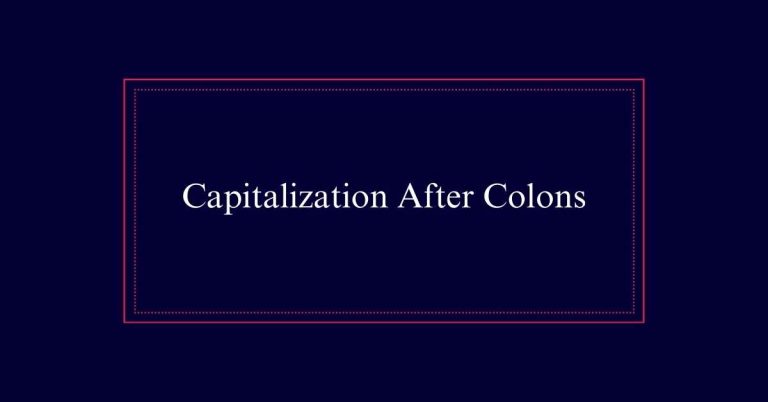
Capitalization after colons depends on context and style guide preferences. In American English, capitalize the first word after a colo
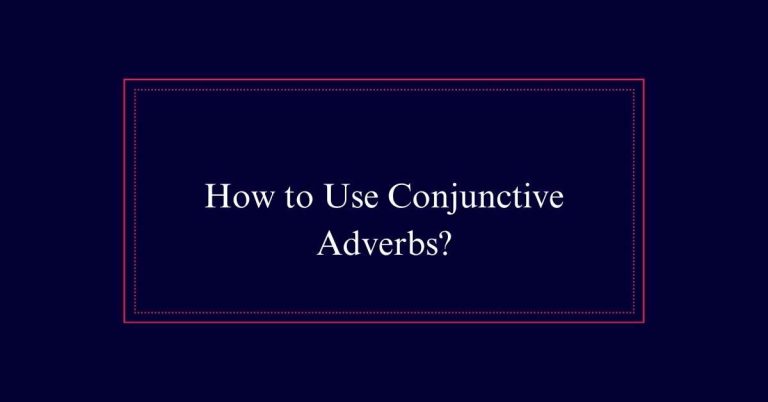
Conjunctive adverbs link ideas between independent clauses to enhance clarity and flow. Common examples include ‘however,’ ‘thus,’ and
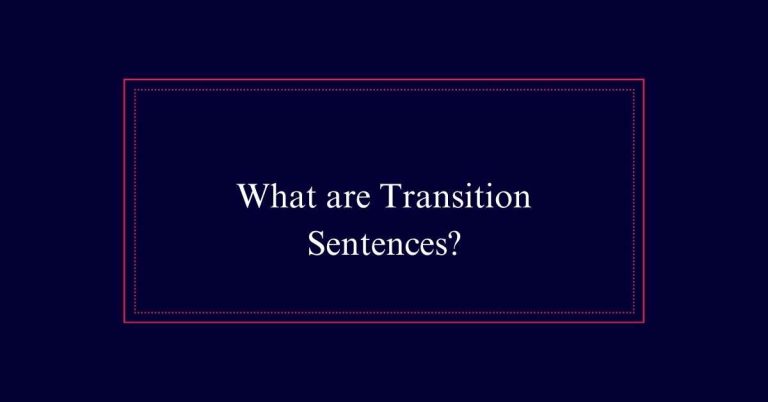
Connecting sentences are essential for linking ideas, clarifying relationships, and ensuring a smooth flow in writing. They prevent con
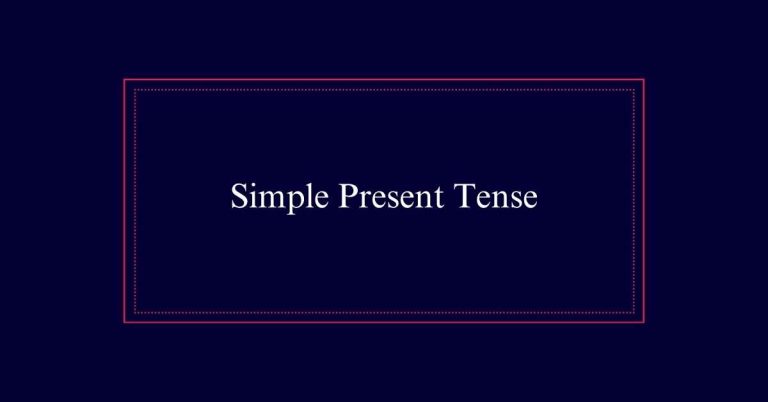
The simple present tense is essential for describing habitual actions, general truths, and fixed arrangements. It forms by using the ba
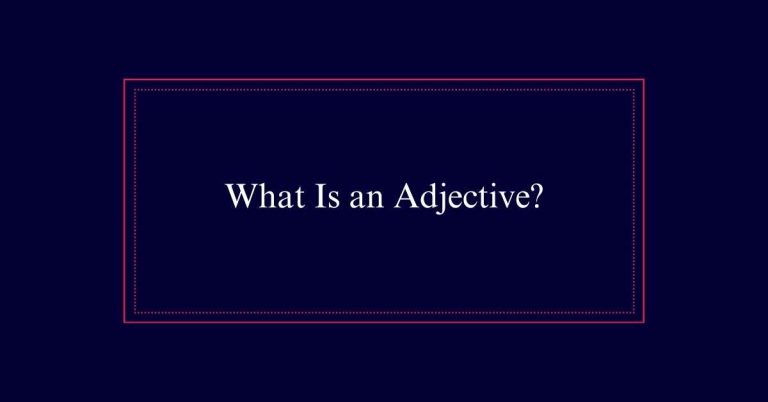
An adjective is a word that describes or modifies a noun, giving details such as size, color, shape, or quantity. For example, in ‘red
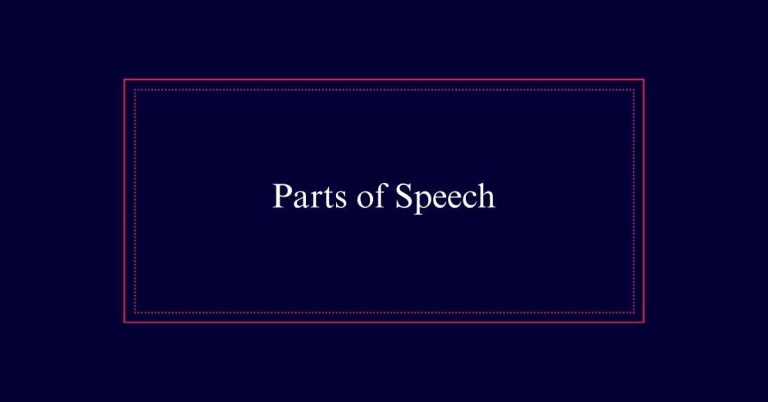
The eight parts of speech are essential elements of grammar. Nouns name people, places, things, or ideas (e.g., ‘city,’ ‘freedom’).
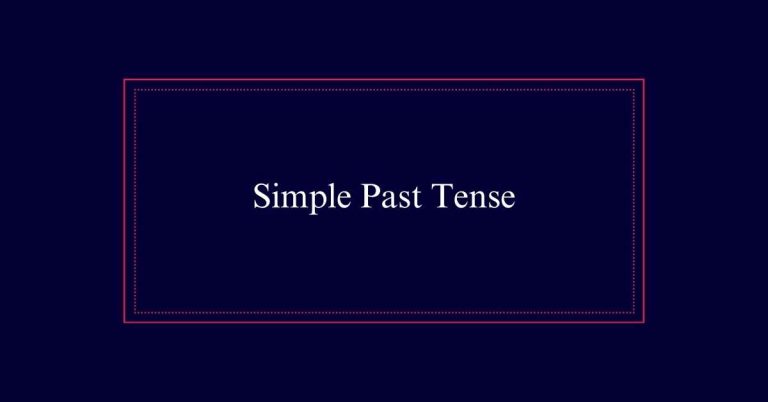
The simple past tense is used to describe actions completed at a specific time in the past. For regular verbs, form it by adding -ed (e
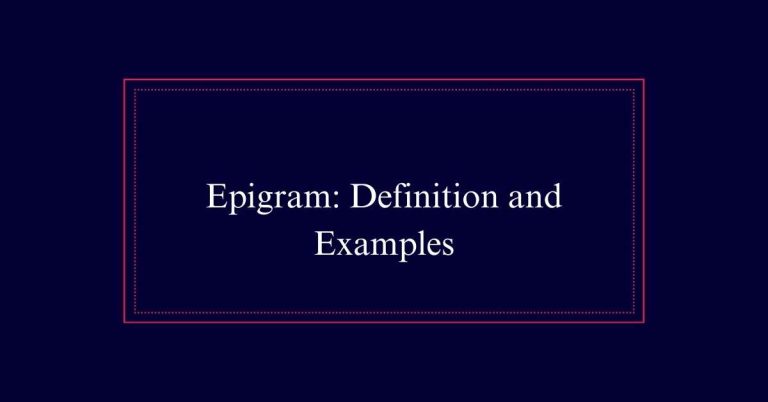
An epigram is a brief and witty statement that captures insightful observations or clever thoughts. Known for its brevity and wit, an e
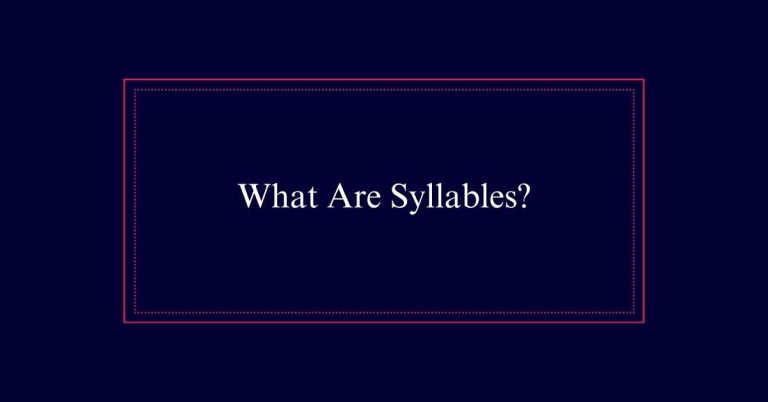
A syllable is a unit of sound in a word, primarily formed by a vowel sound, often accompanied by consonants. Counting syllables enhance
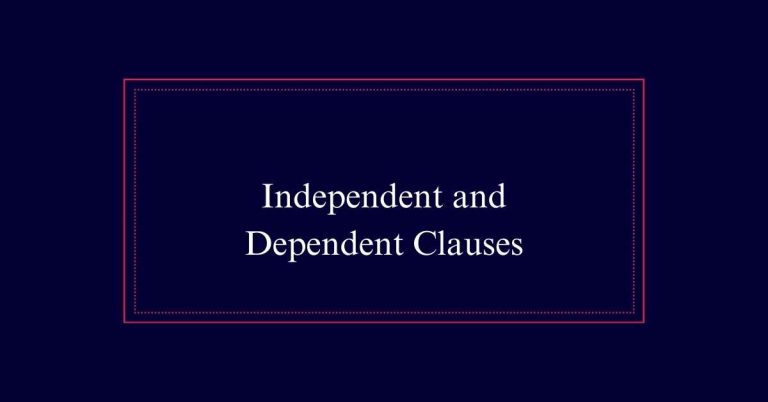
An independent clause contains a subject and a verb, expressing a complete thought. It can stand alone as a sentence. For example: “She
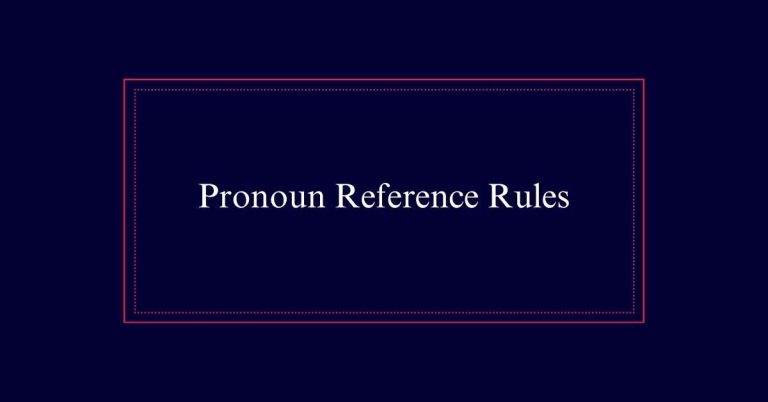
Pronoun reference rules guarantee clarity and coherence in writing. Pronouns replace nouns to avoid repetition and maintain sentence fl
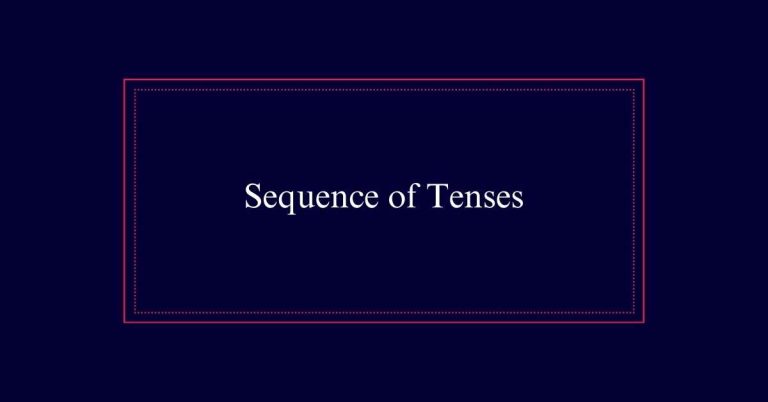
The sequence of tenses is a grammar rule that guarantees verbs align correctly with the timeline of actions to greatly maintain clarity
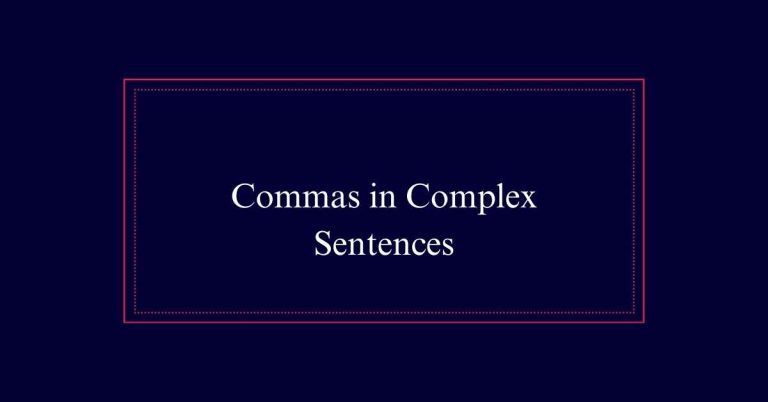
In complex sentences, commas play an important role in separating independent and dependent clauses for clarity. Use a comma after a de
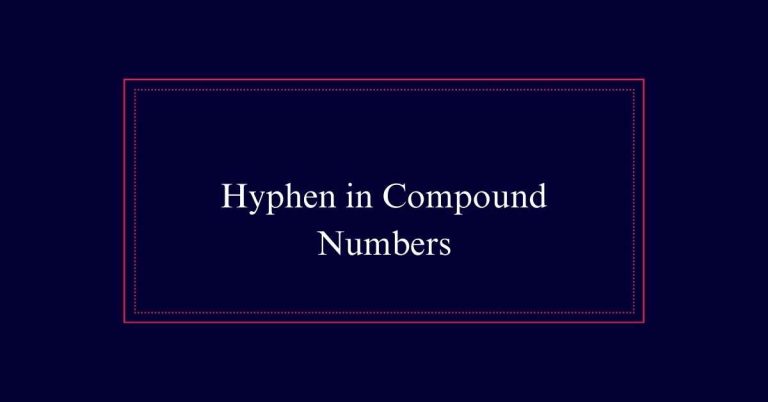
In compound numbers from twenty-one to ninety-nine, hyphens should be used to guarantee clarity. For example, ‘twenty-five’ and ‘sixty-
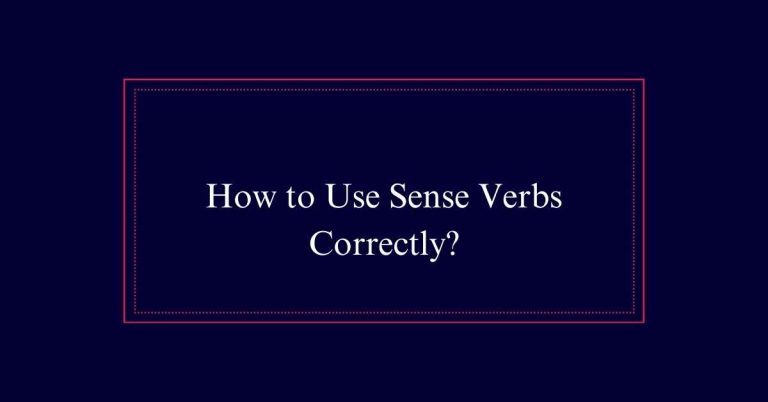
Using sense verbs correctly is essential for effective communication. Sense verbs describe what we see, hear, smell, touch, and taste.
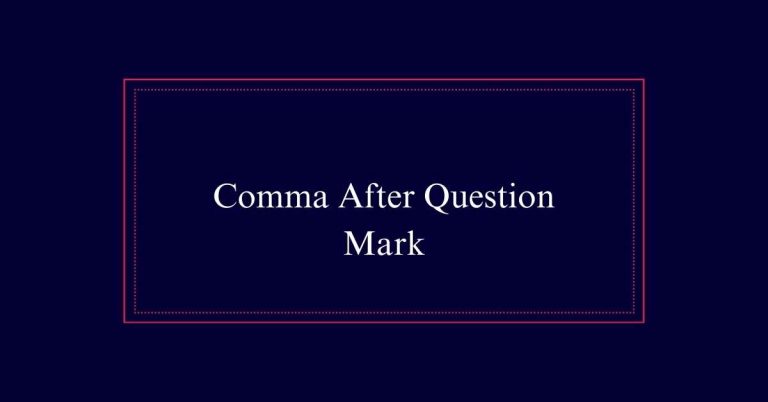
Using a comma after a question mark can be important for clarity in certain contexts. Typically, a question mark concludes a sentence,
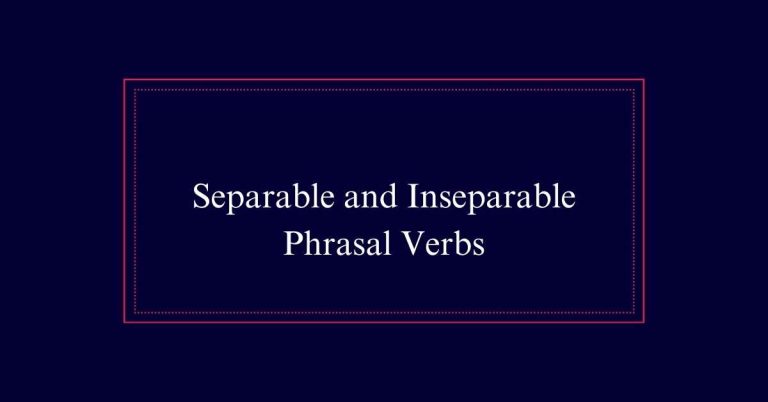
Separable and inseparable phrasal verbs are essential elements of English. Separable phrasal verbs allow the insertion of words between
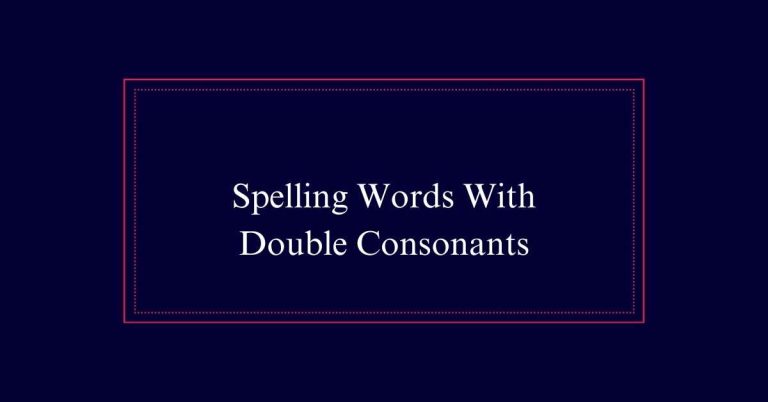
Spelling words with double consonants follows specific rules to guarantee clarity and correctness. In single-syllable words with a CVC
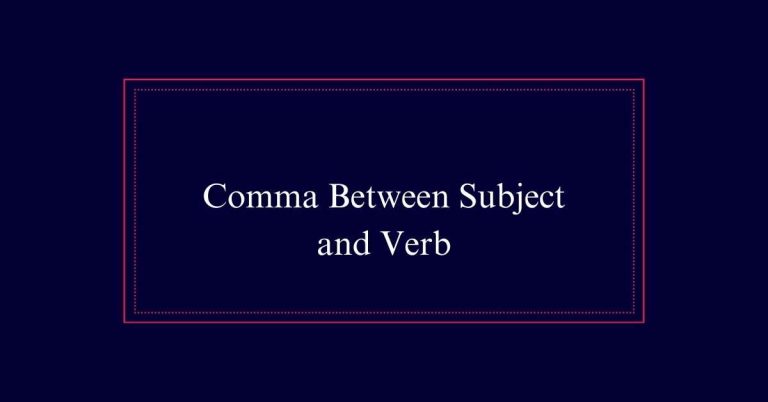
Inserting a comma between the subject and verb is grammatically incorrect and disrupts sentence flow. This mistake often stems from nat
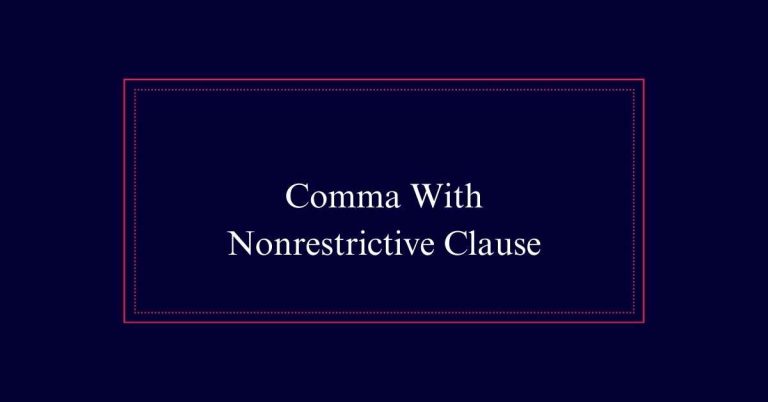
Nonrestrictive clauses add extra information to a sentence without altering its core meaning. These clauses are introduced by words lik
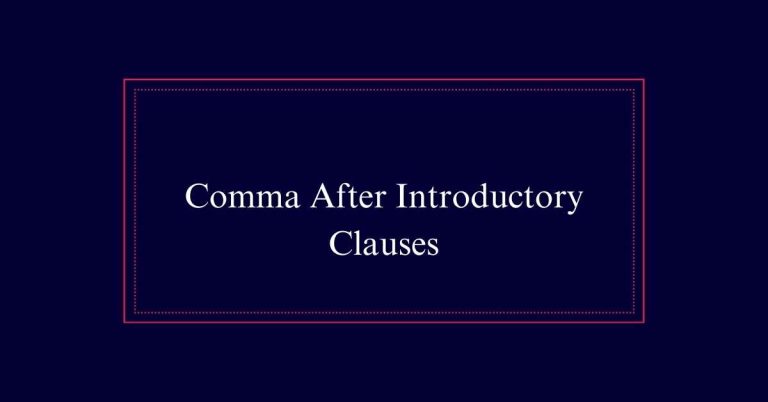
Using a comma after introductory clauses is essential for clarity. Introductory clauses provide vital context or background information
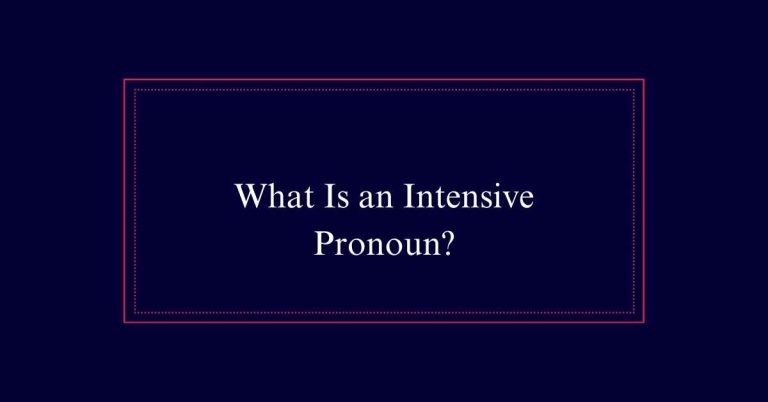
An intensive pronoun emphasizes a preceding noun or pronoun, reinforcing the subject’s presence or action. These pronouns include “myse
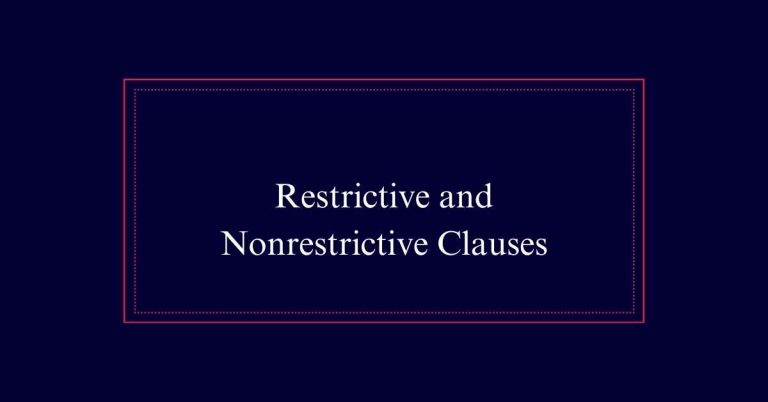
Restrictive clauses are essential parts of a sentence that limit the meaning of a noun and are crucial for its identification. They use
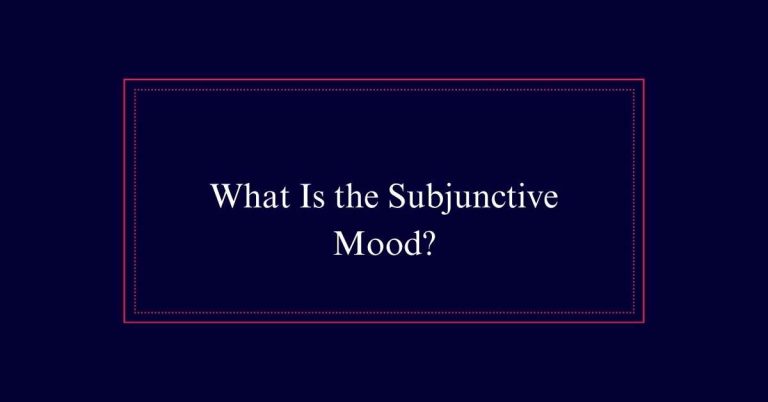
The subjunctive mood in English is used to express wishes, recommendations, doubts, or hypothetical situations. It typically appears af
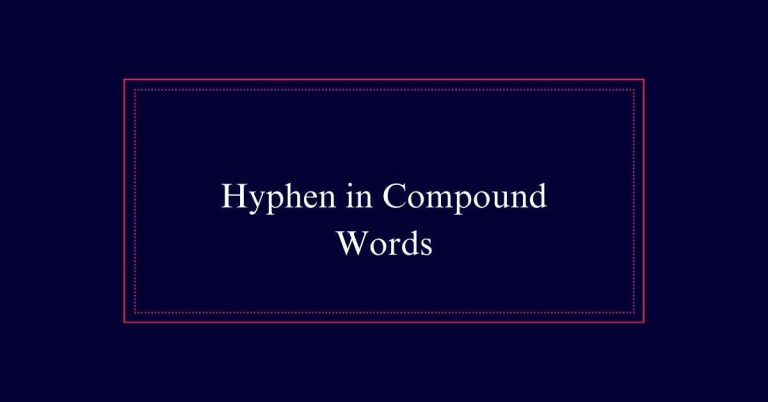
Hyphens play a critical role in clarifying compound words, especially as modifiers before nouns. They guarantee precise communication,
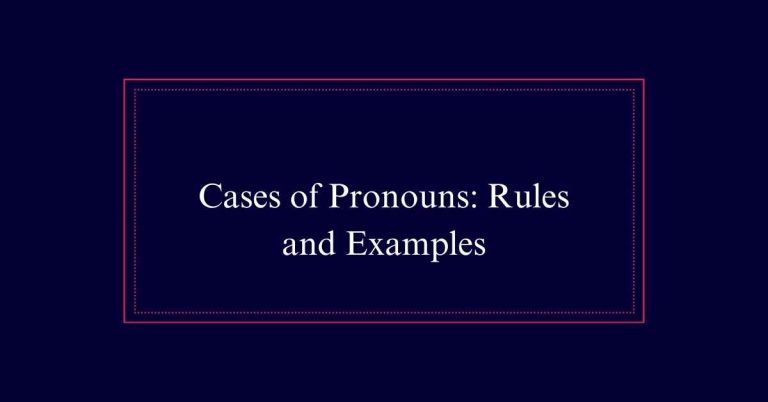
Pronouns have different cases: subjective, objective, possessive, and reflexive. Subjective pronouns (I, he, they) act as the subject p
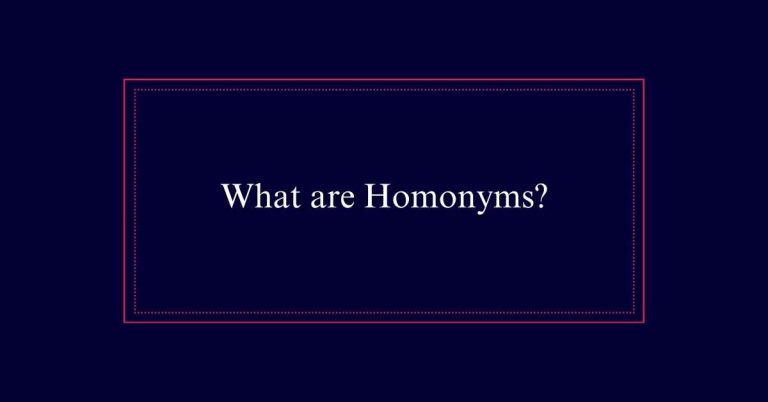
Homonyms are words that share the same spelling or sound but have different meanings. They are categorized into homophones and homograp
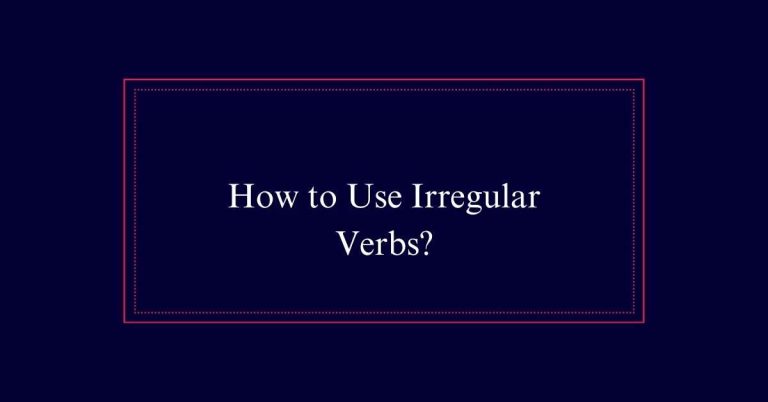
Using irregular verbs is crucial for effective communication in English. Unlike regular verbs, irregular verbs do not follow a consiste
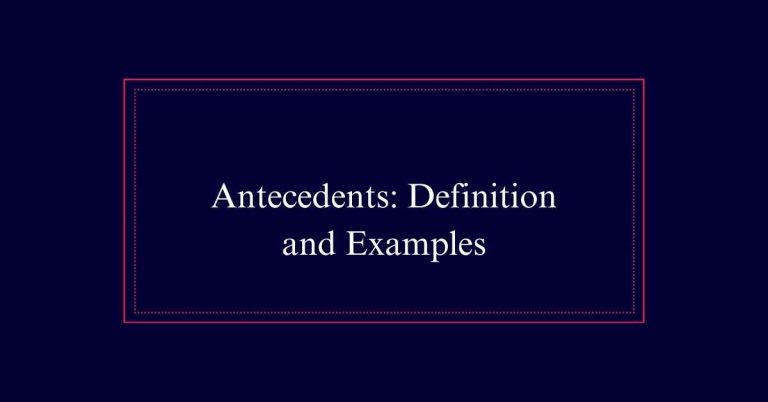
An antecedent is a noun or noun phrase that a pronoun refers to in a sentence. It secures clarity by specifying the pronoun’s reference
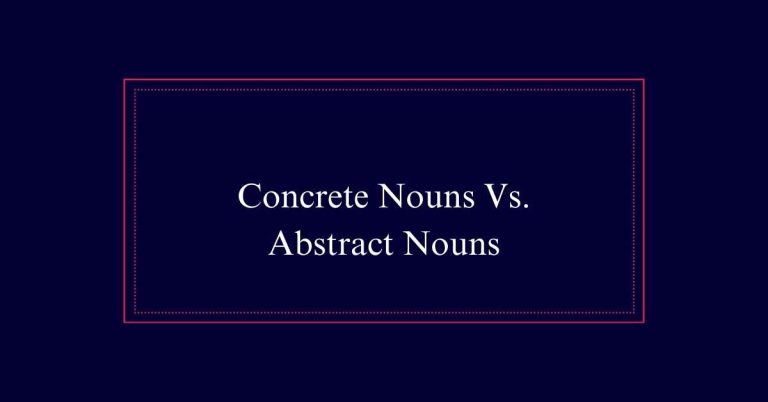
Concrete nouns refer to physical objects or entities that can be perceived through the five senses, such as books, cars, and animals. T
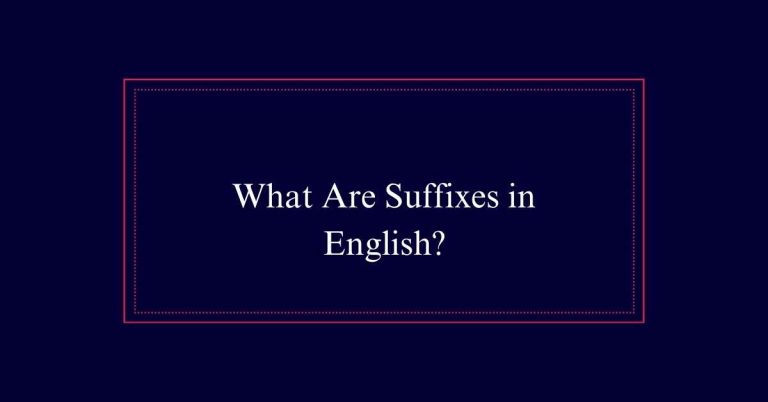
Suffixes in English are morphemes added to the end of base words to change their meaning or grammatical function. They are vital in for
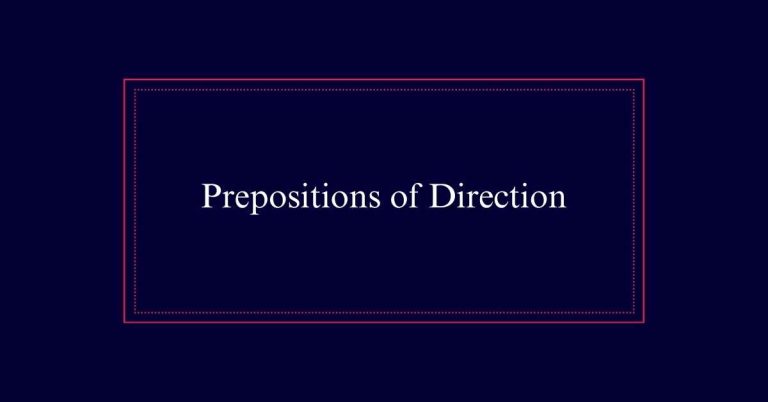
Prepositions of direction indicate spatial relationships and movements, enhancing clarity in both writing and speech. Common examples i
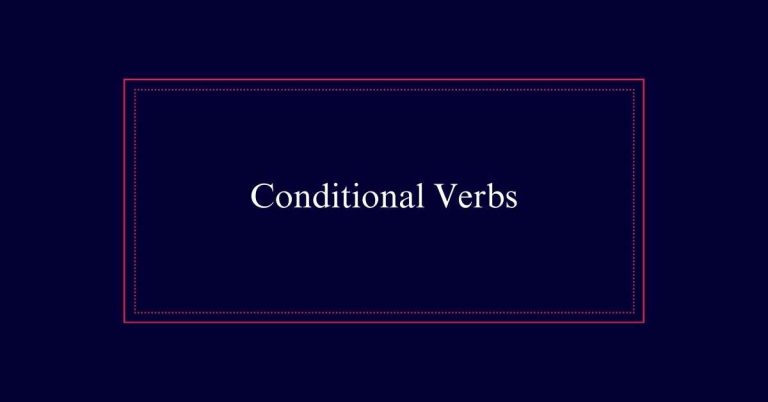
Conditional verbs are essential for conveying hypothetical, potential, or speculative situations. These verbs can be used in past, pres
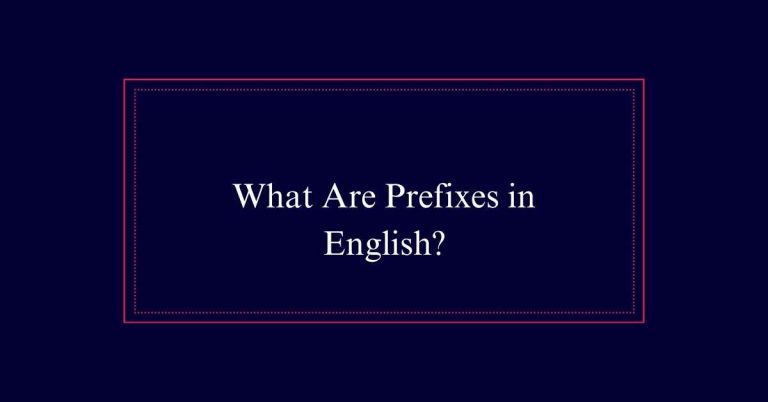
Prefixes are affixed to the beginning of base words to change their meanings and form new words in English. They are typically one to t
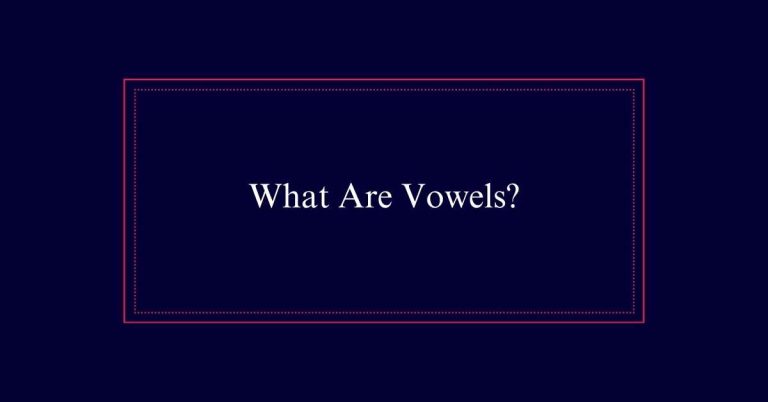
Vowels are fundamental speech sounds represented by the letters A, E, I, O, U, and sometimes Y. They are produced without blocking the
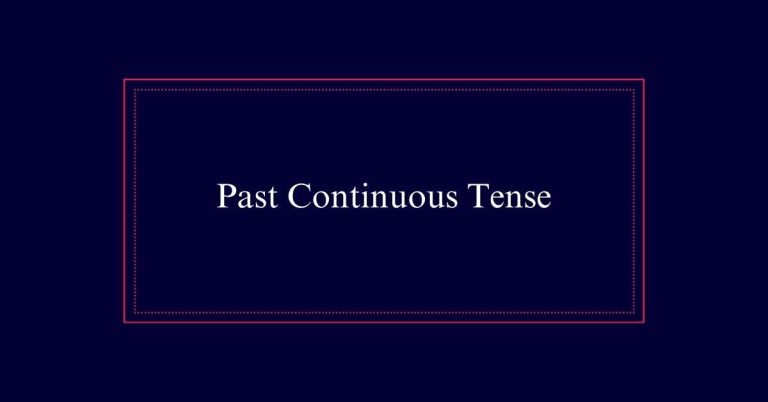
The past continuous tense describes actions that were ongoing in the past. It is formed with ‘was’ or ‘were’ followed by the verb’s -in
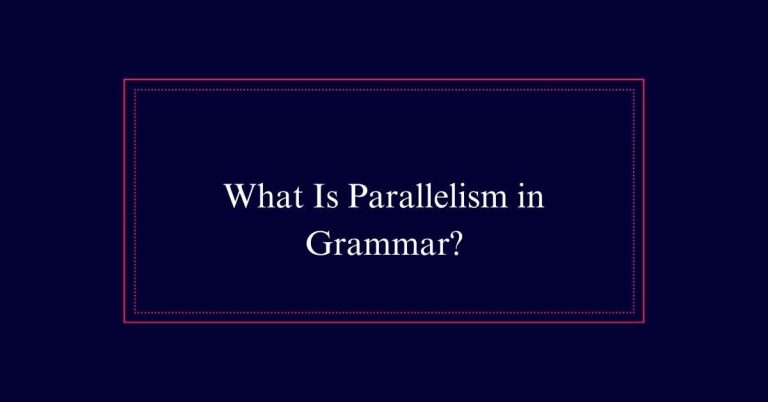
Parallelism in grammar is the practice of using consistent grammatical structures in sentences or lists. This technique improves readab
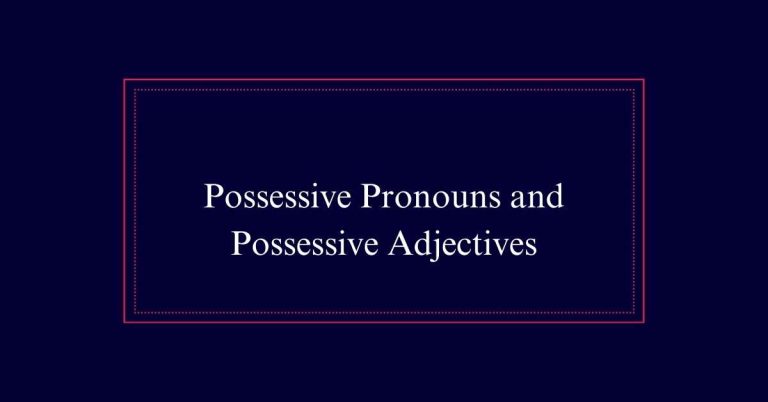
Possessive pronouns and possessive adjectives clarify ownership in sentences. Possessive pronouns, like mine, yours, his, hers, ours, a
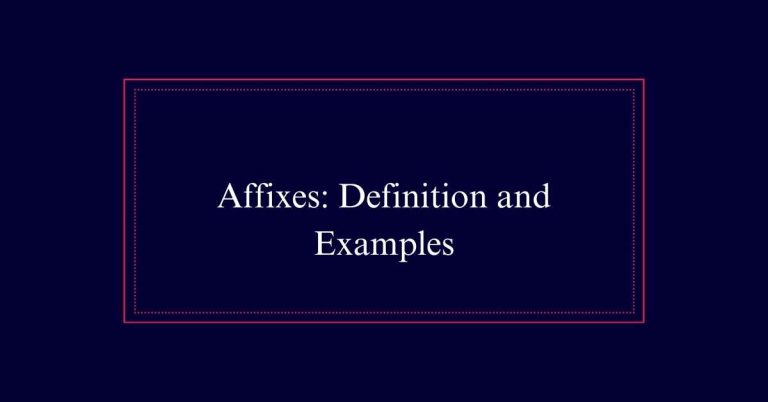
Affixes are morphemes attached to base or root words that modify their meanings or grammatical functions. There are several types of af
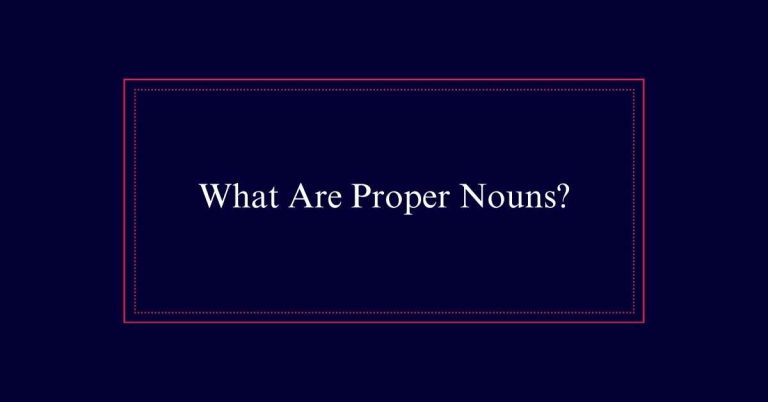
Proper nouns are specific names for individual people, places, or entities and are always capitalized. These include names like ‘Serena
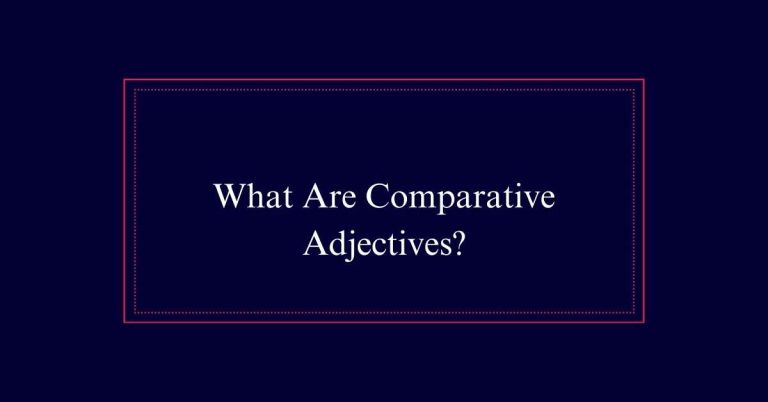
Comparative adjectives are words used to compare differences in quality or quantity between two nouns. Short adjectives form comparativ
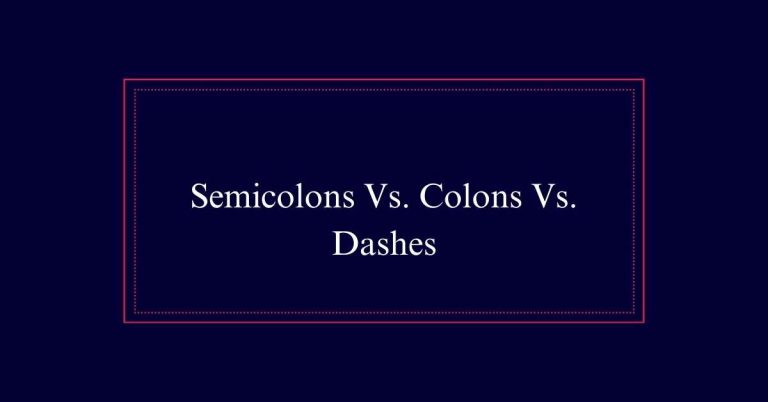
Colons introduce additional information after a complete sentence, lists, or elaborate on previous clauses. Em dashes add emphasis or i
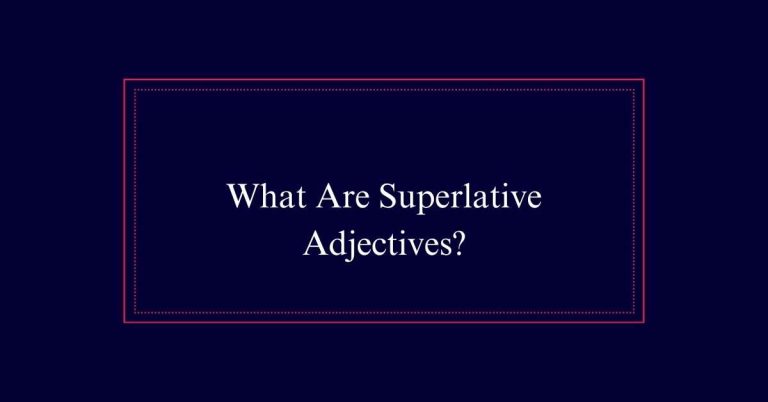
Superlative adjectives describe the extreme or highest degree of a quality among three or more items. They are formed by adding ‘est’ t
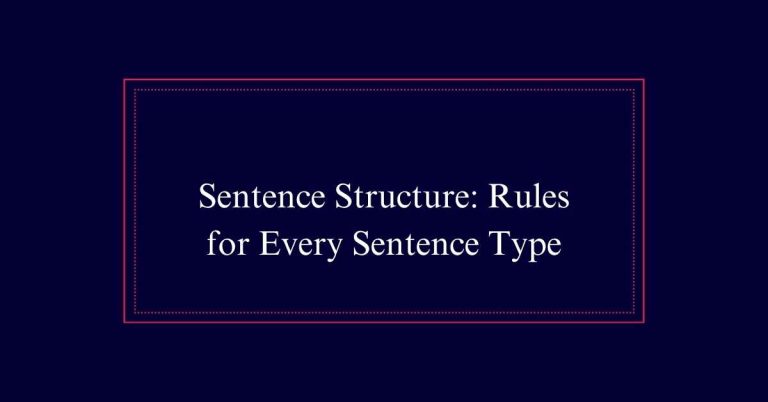
Simple sentences contain one independent clause, while compound sentences combine multiple independent clauses using coordinating conju
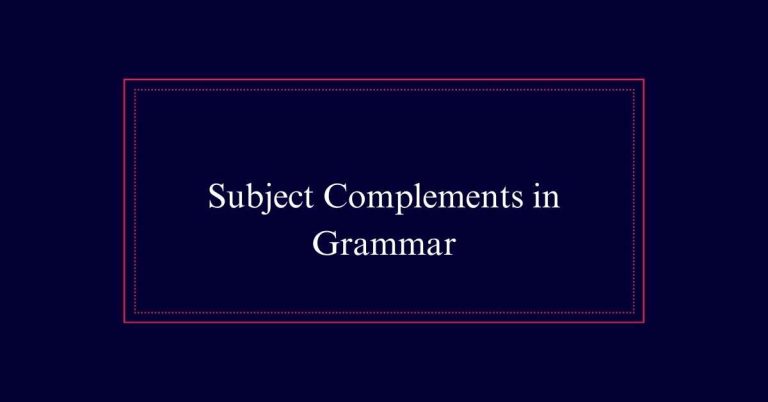
A subject complement provides extra details about the subject of a sentence. Typically, it appears as an adjective, noun, or pronoun. T
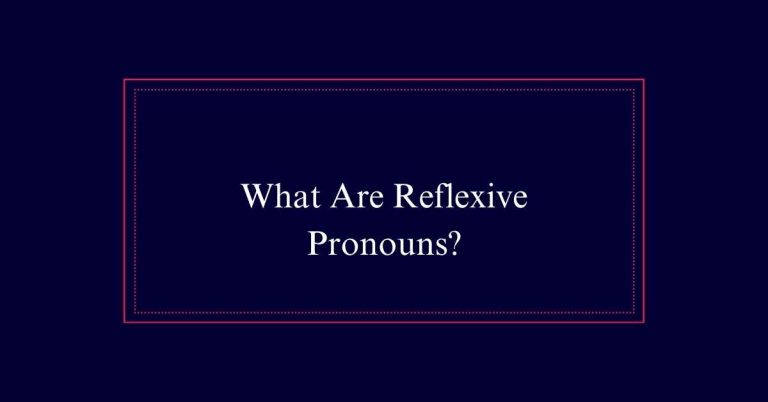
Reflexive pronouns, ending in -self or -selves, are used when the subject and the object of a sentence are the same entity. They includ
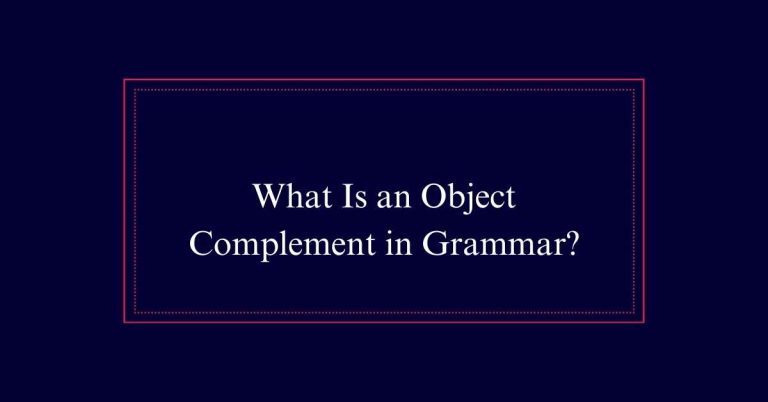
An object complement is a word or group of words that provides additional information about a direct object, either by renaming or desc
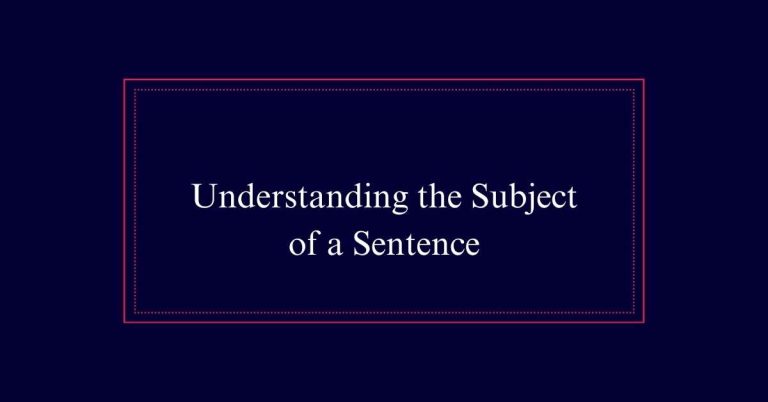
Understanding the subject of a sentence is vital for clear writing. The subject, often a noun or pronoun, is what the sentence is about
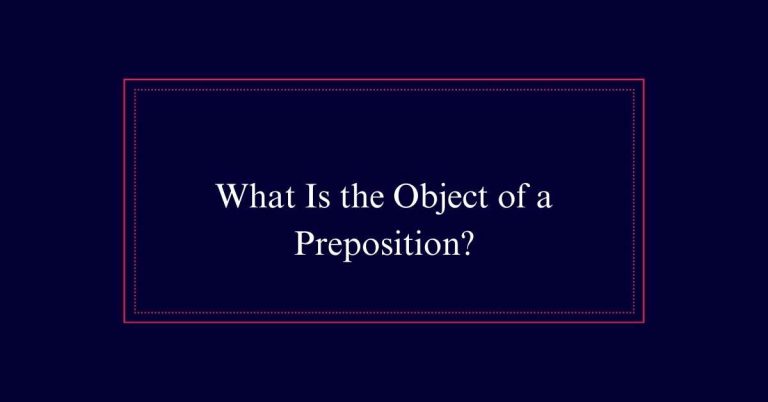
The object of a preposition is the noun, pronoun, or noun phrase that follows the preposition and completes its meaning. Prepositions l
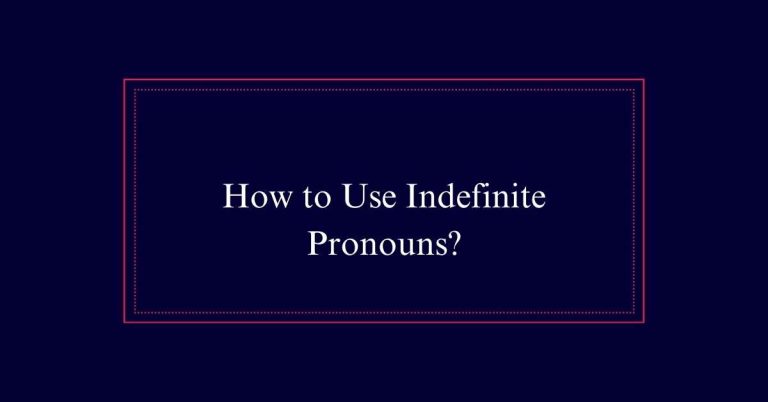
Indefinite pronouns refer to nonspecific individuals, things, or amounts. Examples include ‘everyone’, ‘something’, and ‘anybody’. They
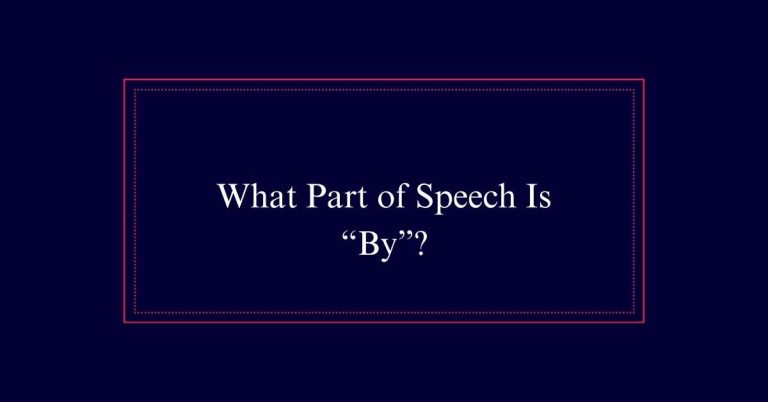
The word ‘by’ is a versatile term in English, serving multiple roles depending on context. Primarily, it functions as a preposition, co
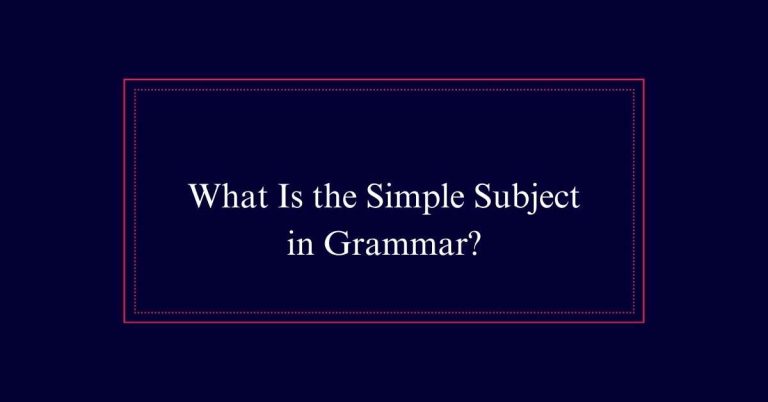
A simple subject in grammar is the core noun or pronoun that performs the action or is described in a sentence. It is stripped of any m
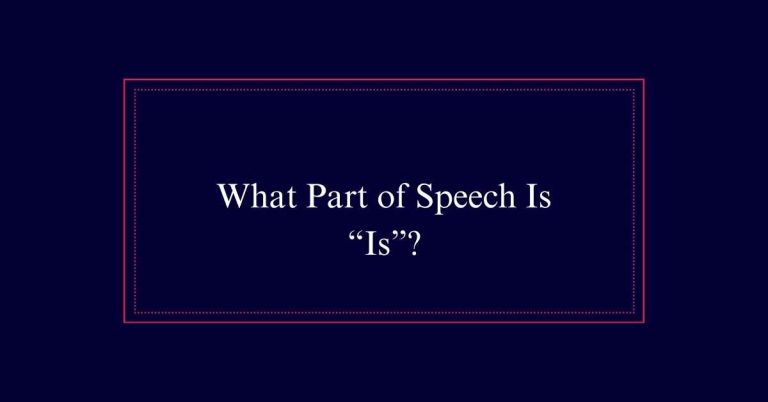
The word “is” serves as both a linking verb and an auxiliary verb in English grammar. As a linking verb, it connects the subject to a n
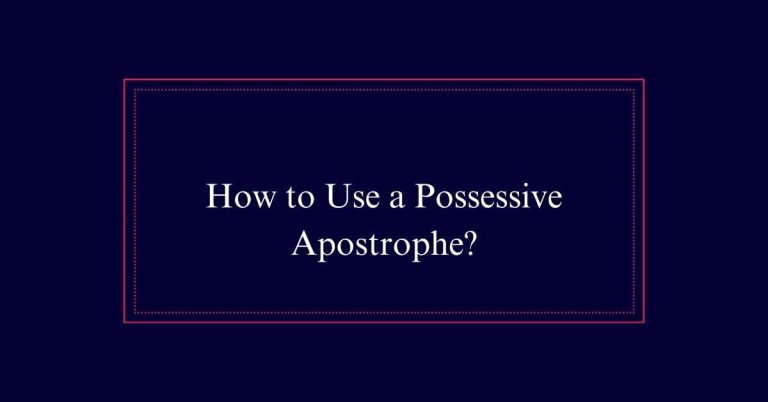
Using a possessive apostrophe is crucial for indicating ownership and avoiding confusion. For singular nouns, add an apostrophe followe
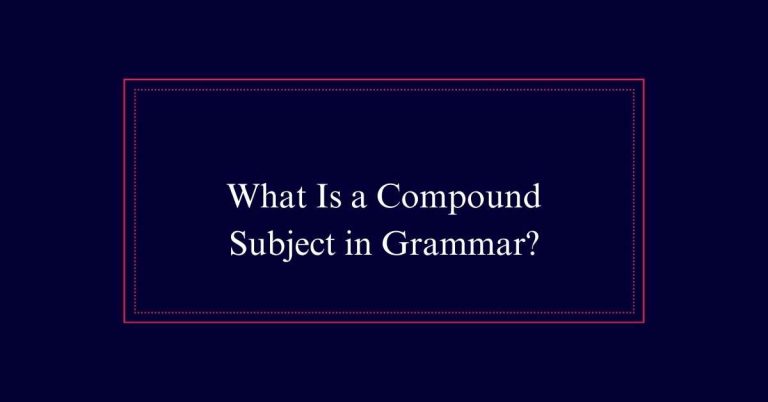
A compound subject in grammar consists of two or more nouns, pronouns, or noun phrases that collectively perform the action of the verb
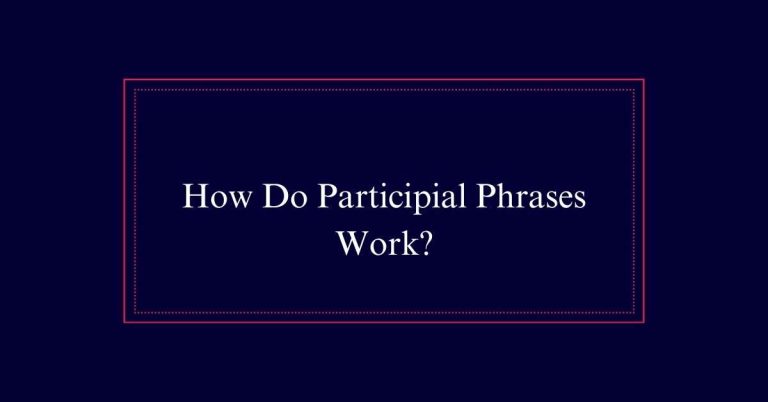
Participial phrases provide descriptive details about nouns, enhancing the richness of sentences. They begin with a participle (present
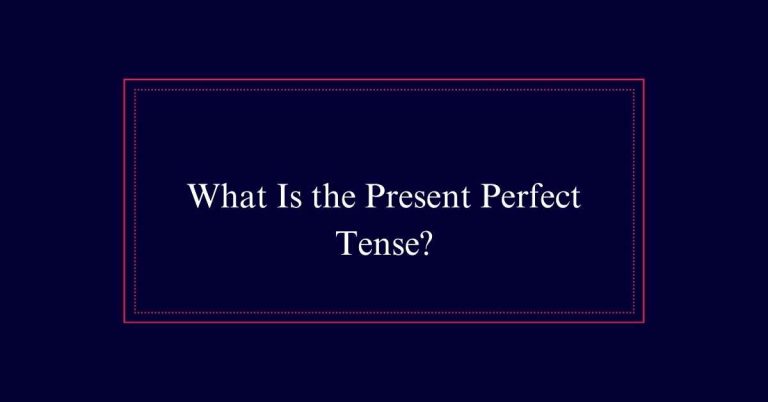
The present perfect tense connects past actions with the present, emphasizing their current relevance. Form it using “has” or “have” pl
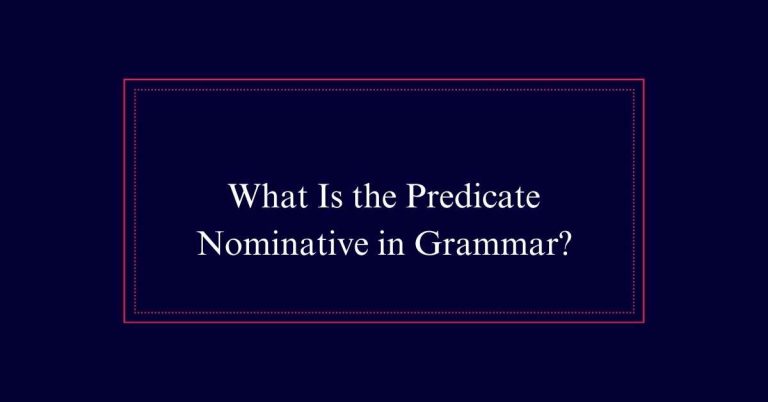
A predicate nominative is a noun or noun phrase that follows a linking verb and renames or describes the subject of a sentence. It serv
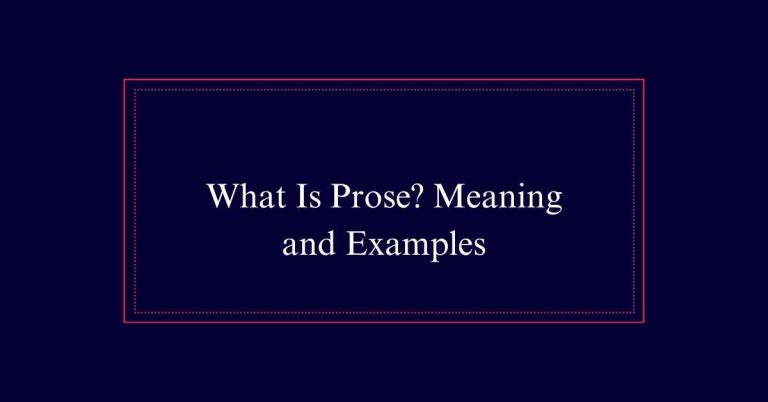
Prose is a form of writing that uses ordinary grammatical structure and natural speech. Unlike poetry, prose does not follow a metrical
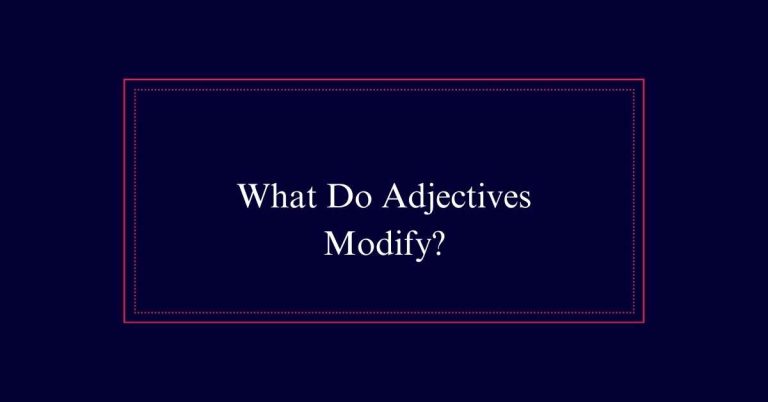
Adjectives modify nouns to provide clarity, precision, and vividness. They enhance meaning by answering questions like ‘What kind?’, ‘W
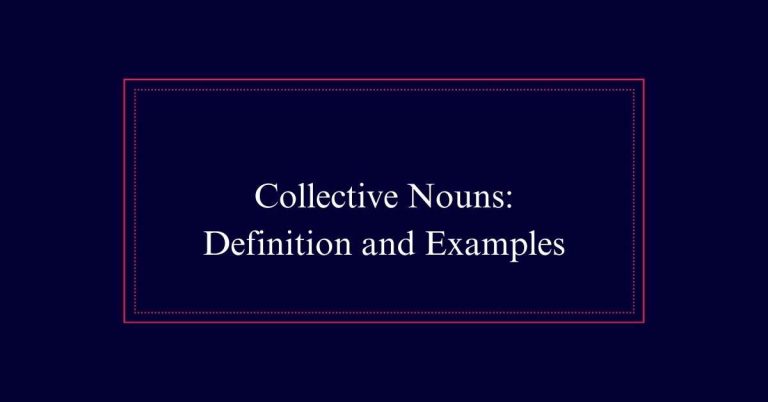
Collective nouns refer to words that represent groups of people, animals, or things as a single entity. They appear singular but descri
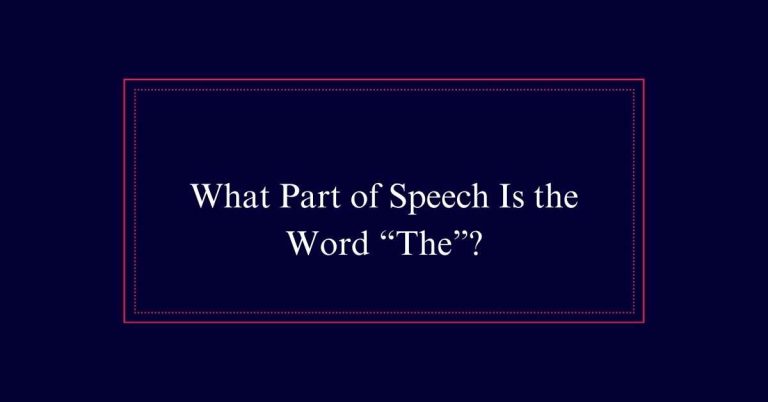
The word ‘the’ is an essential article in English grammar. It specifies a known noun, identifying specific people, places, or things. T
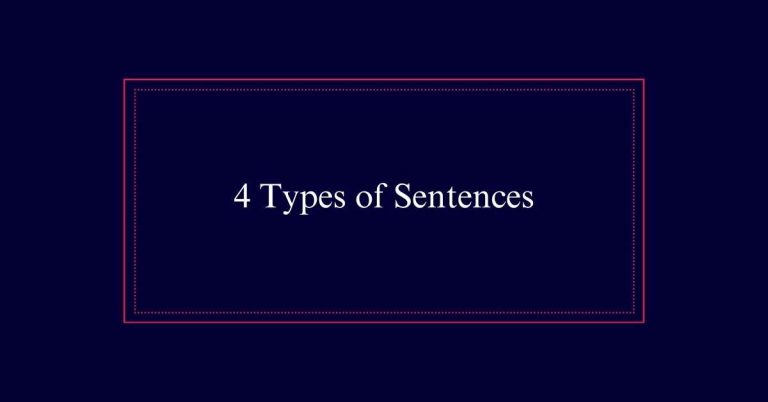
Understanding the four types of sentences is essential for clear communication. Declarative sentences convey facts and opinions, making
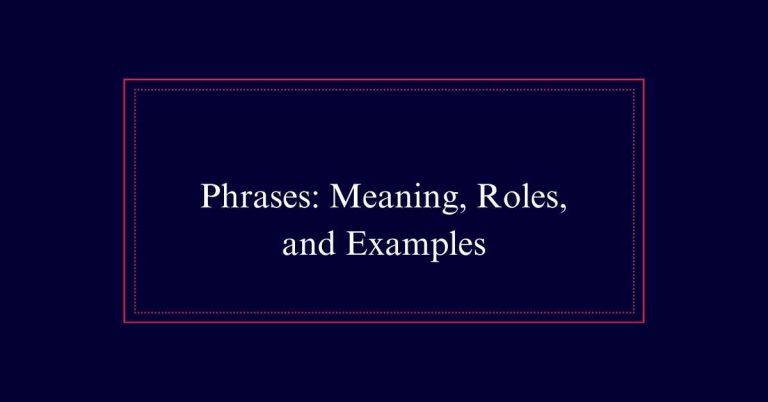
Phrases enhance writing by adding detail and depth. Unlike clauses, phrases lack both a subject and a predicate. They can function as n
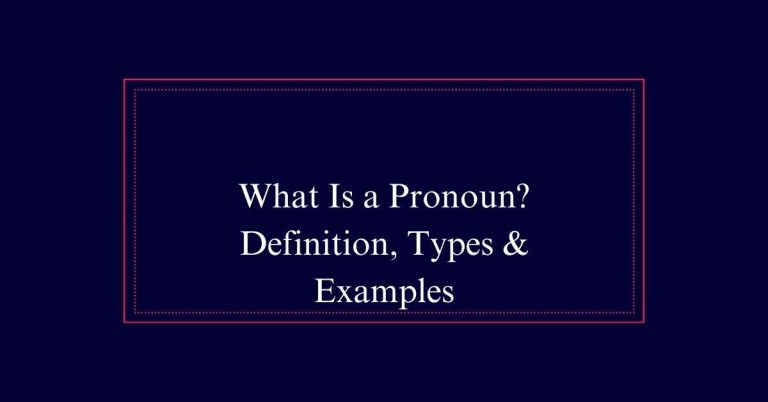
A pronoun is a word you use to replace a noun, so you don’t repeat the noun over and over. It makes sentences clearer and less messy. E
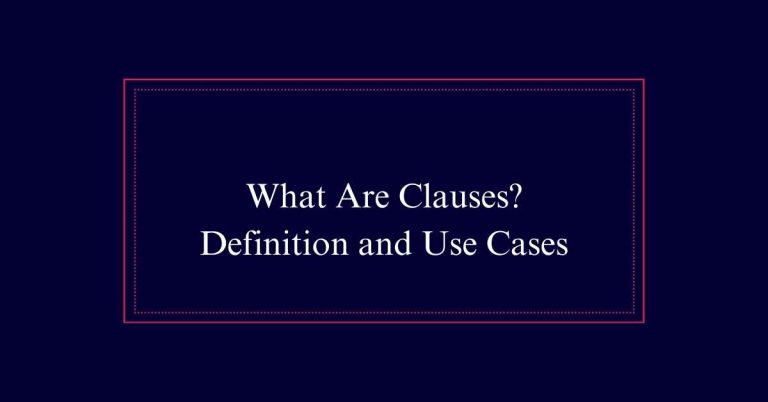
A clause is a fundamental unit in a sentence, containing both a subject and a predicate. Clauses enhance the richness and clarity of la
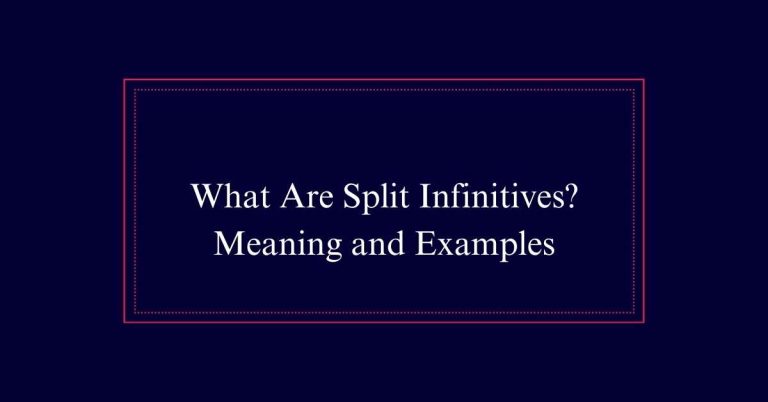
A split infinitive occurs when an adverb is placed between ‘to’ and the base form of a verb. This construction, like in ‘to boldly go,’
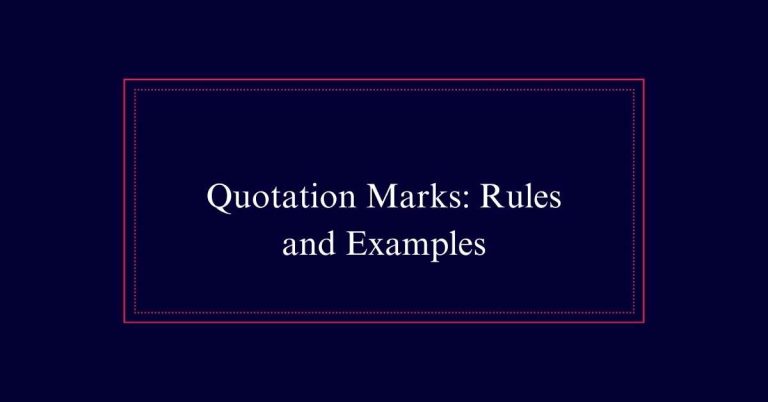
Quotation marks are essential punctuation marks used to indicate direct speech, quotations, and the titles of short works.
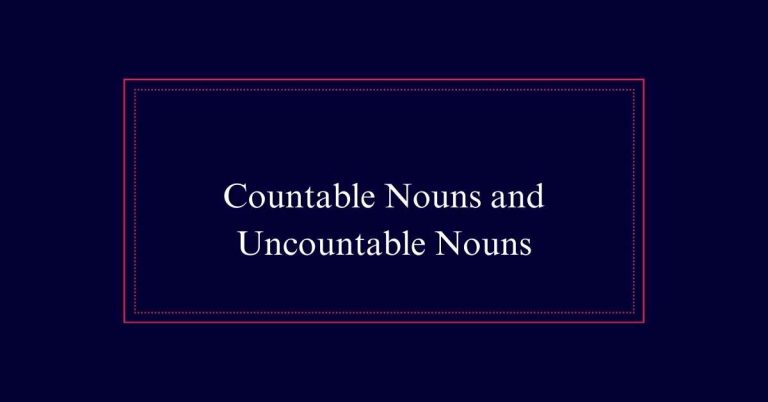
Countable nouns are items that can be counted, like ‘apple’ or ‘book.’ They have both singular and plural forms and can be used with nu
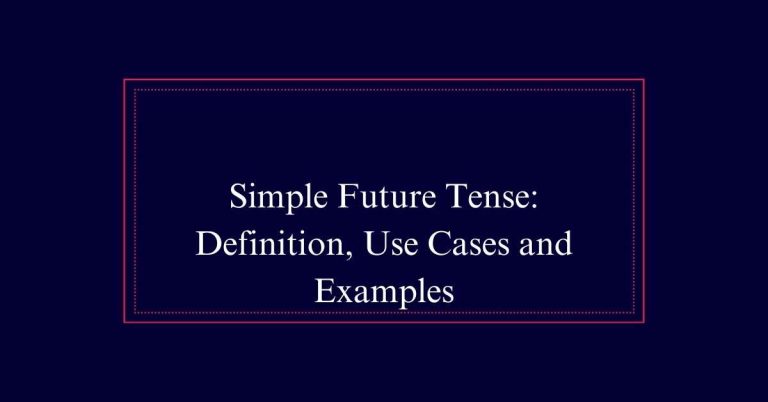
The simple future tense describes actions that will occur later. It is commonly used to express plans, predictions, and intentions.
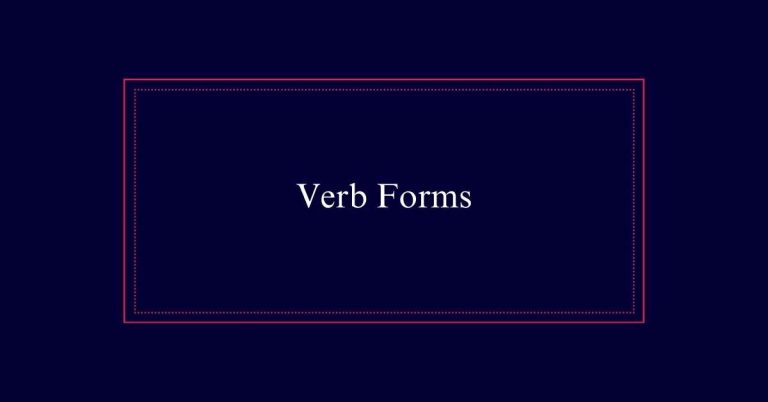
Verb forms are fundamental to English grammar. The root form is the most basic version of a verb, used to build other tenses. It is als
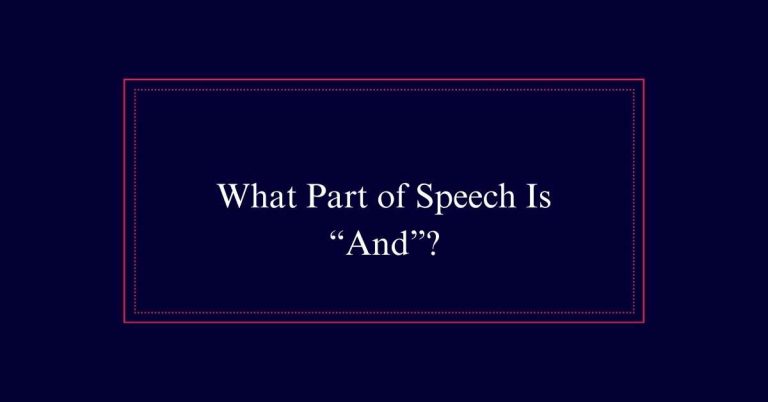
The word ‘and’ is a coordinating conjunction. It connects words, phrases, or clauses of equal importance within sentences.
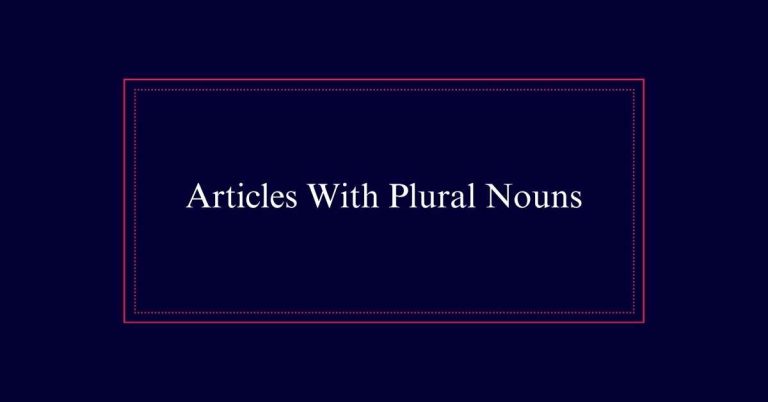
Using articles with plural nouns correctly is key for effective communication. Indefinite articles (a, an) are never used with plural n
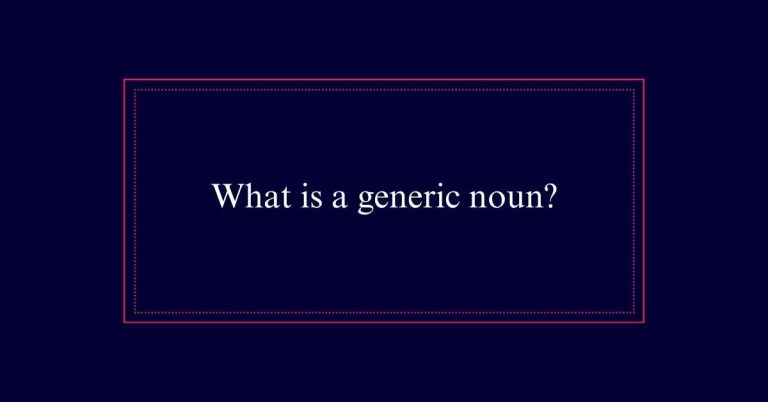
A generic noun refers to an entire category or group rather than a specific entity. These nouns generalize concepts, making them essent
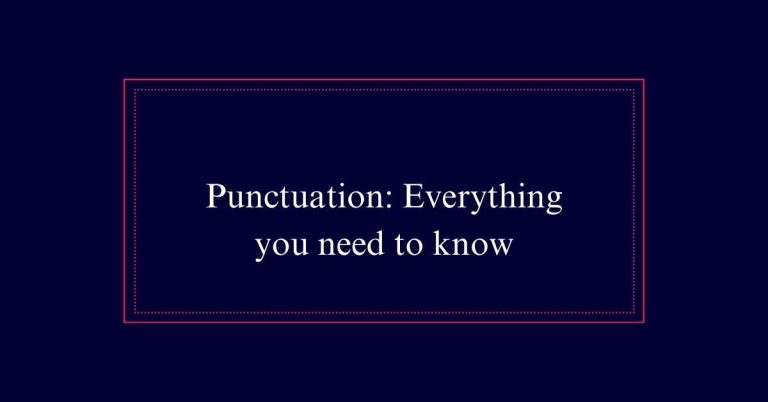
Punctuation makes your writing clear and engaging. Use periods to end sentences and commas to create pauses or list items. Apostrophes
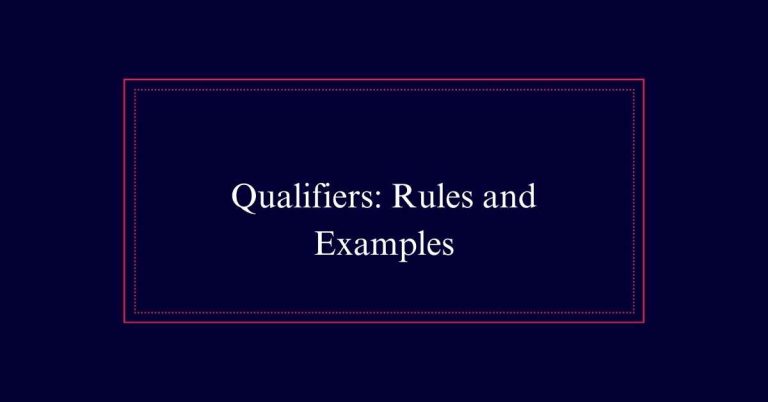
Qualifiers add precision, detail, and context to statements, modifying the meaning, intensity, and scope of words. They appear as adjec
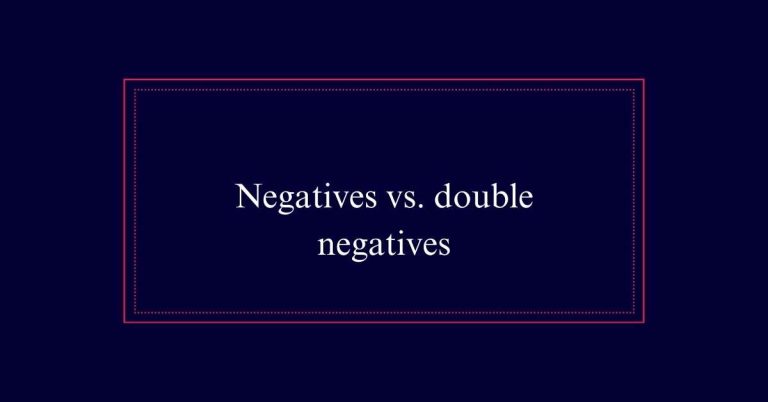
Negatives modify statements to convey the opposite meaning, often using ‘not’ before verbs, adjectives, or adverbs. For instance, ‘She
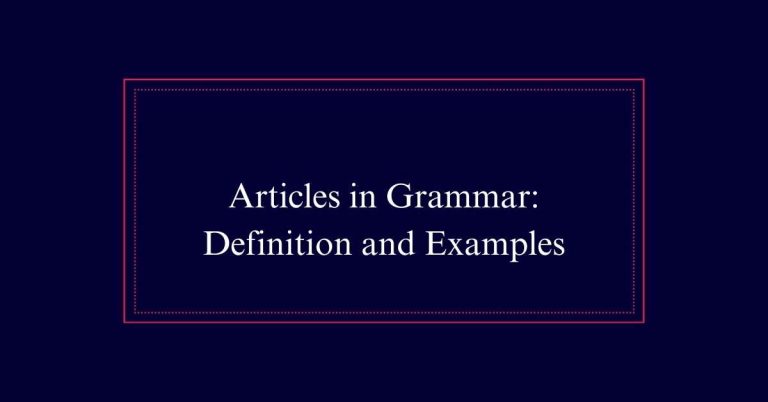
Articles in grammar are words that define the specificity of a noun. The definite article ‘the’ specifies a known entity, while the ind
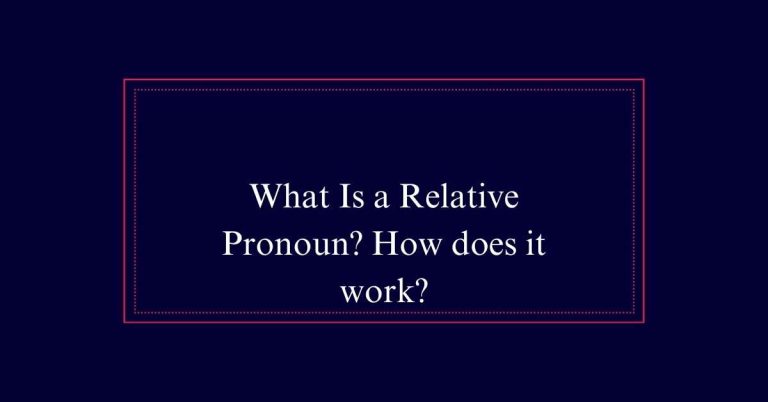
A relative pronoun connects a clause or phrase to a noun or pronoun, providing additional information about that noun or pronoun. Commo
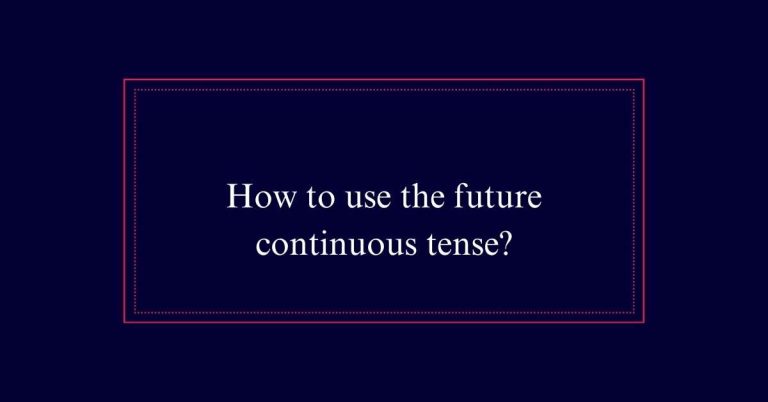
The Future Continuous Tense is used to describe actions that will be ongoing at a specific future time. To form it, use ‘will be’ follo
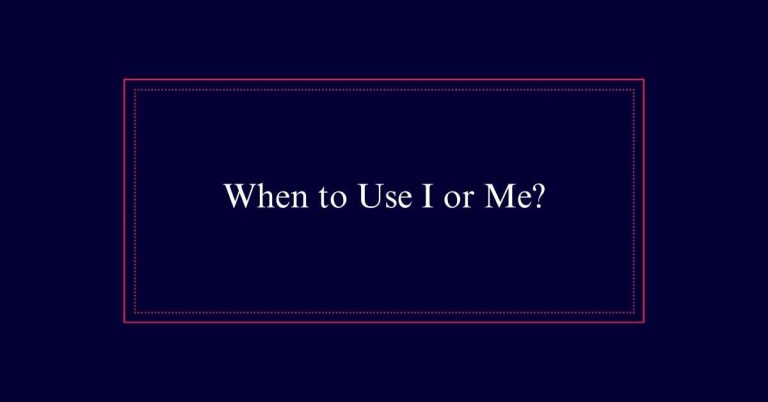
‘I’ and ‘me’ have specific roles in sentences. Use ‘I’ when the pronoun is the subject performing the action, as in ‘I walked to the st
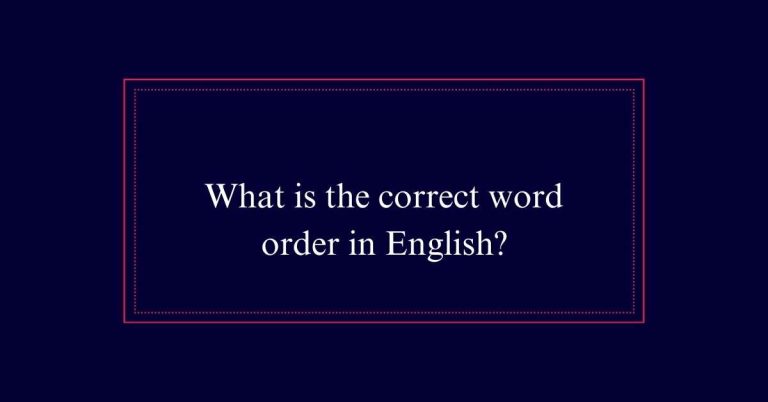
In English, the correct word order is generally subject-verb-object. For example, ‘She reads a book’ – here, ‘She’ is the subject, ‘r
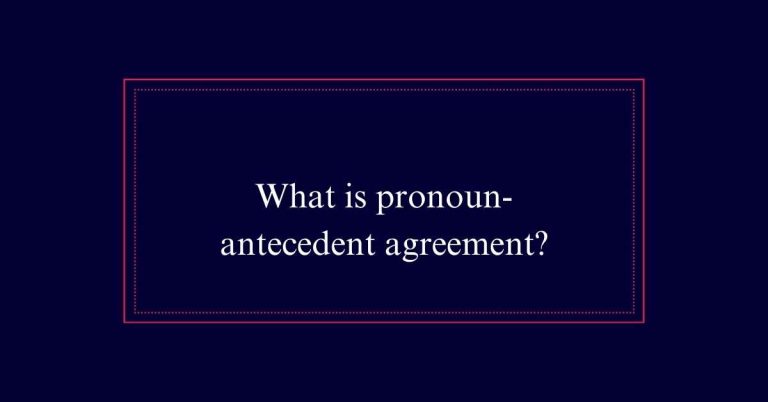
Pronoun-antecedent agreement is a key grammar rule where pronouns must align with their antecedents in number, gender, and person. This
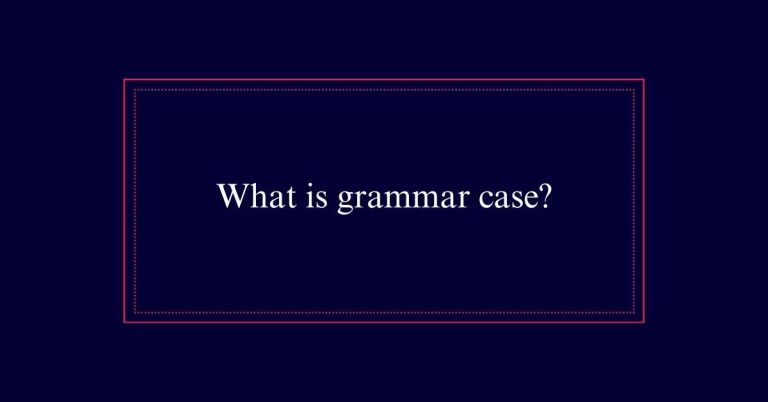
Grammar case refers to the specific form a noun or pronoun takes depending on its function in a sentence. English features three primar
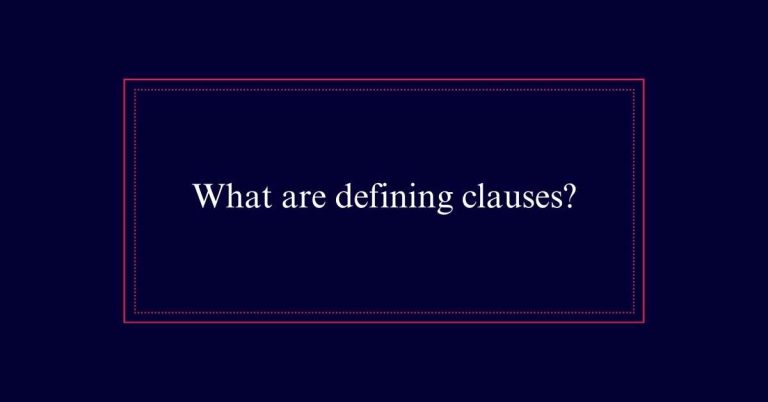
Defining clauses are essential parts of sentences, providing specific information that precisely identifies the noun they modify. These

The future perfect tense is used to indicate actions completed before a specific future point. It follows the formula ‘will have’ plus
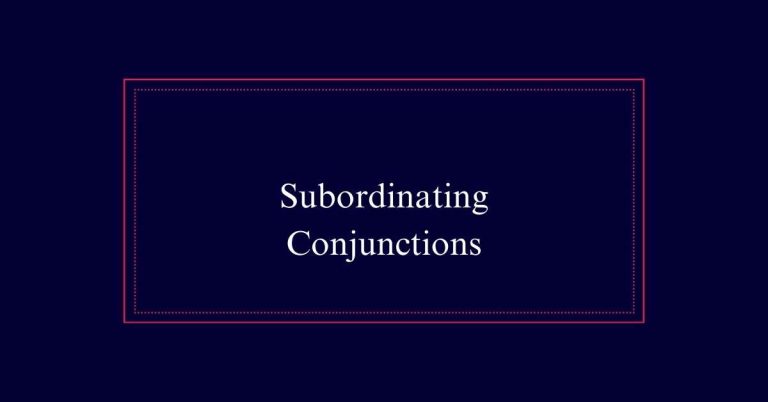
Subordinating conjunctions connect dependent clauses to independent clauses, creating complex sentences. Examples like ‘because,’ ‘when
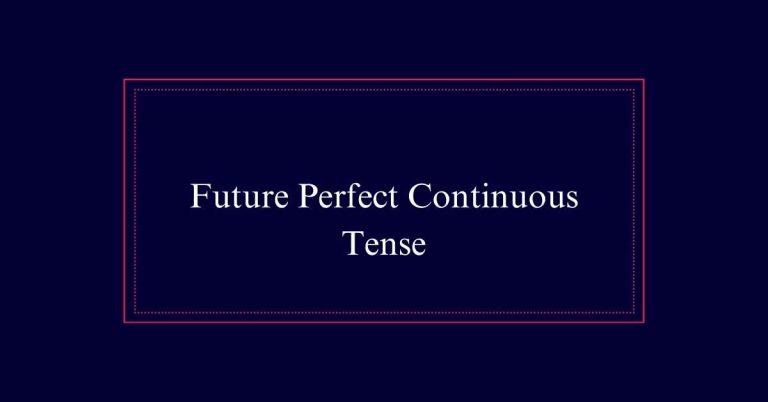
The future perfect continuous tense describes actions that will be ongoing until a specific point in the future. It is formed using “wi
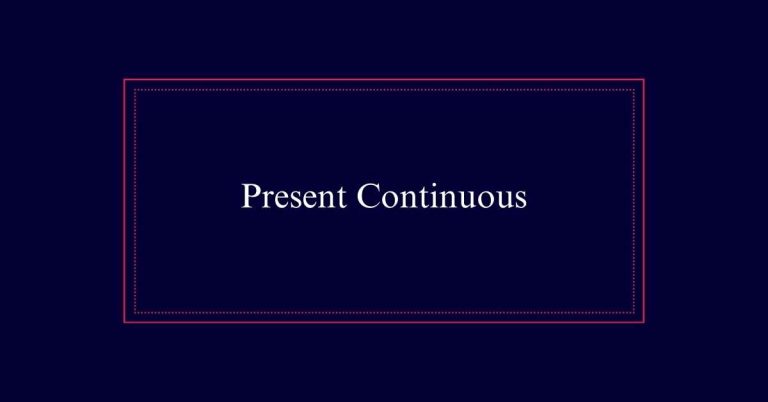
The present continuous tense, formed by combining the verb ‘to be’ (am, is, are) with a present participle (verb + -ing), is used to de
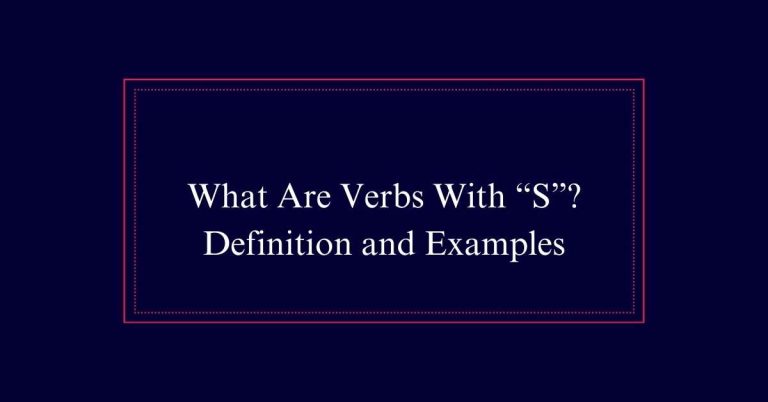
Verbs ending in ‘s’ are regular verbs in the third-person singular form, used when the subject is he, she, or it. For instance, ‘he run
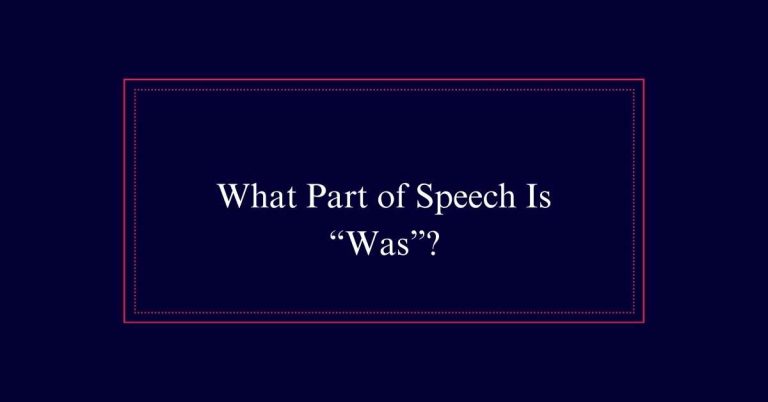
‘Was’ is a verb that serves as the past tense form of ‘to be’ for both first- and third-person singular subjects. It indicates past sta
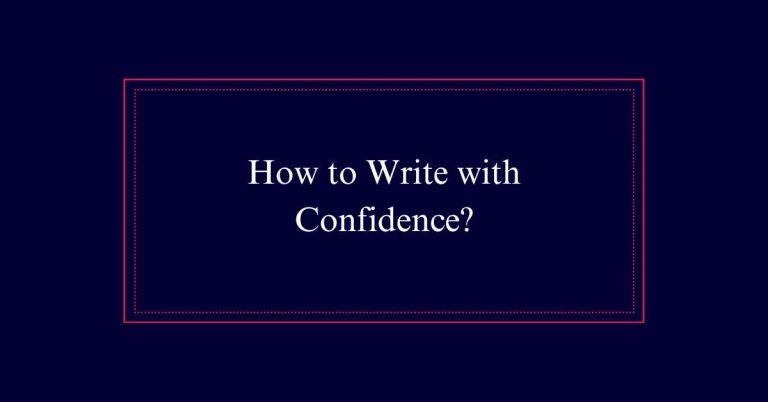
Writing with confidence is important because it helps you tap into your potential and express your ideas clearly. When you believe in y